The coliving landscape often drifts toward standardization: branded rooms, replicated packages, and community-as-commodity. Yet scattered across the world are quieter experiments—projects that are less about scale than about creating a distinct ecology of living. These places are not easily replicable. They resist the “out-of-the-box” model and instead invite participants into something singular, even strange.
What draws us to them is not just their infrastructure for digital work, but the way they entwine ecology, aesthetics, and community into a lived philosophy. Each space gestures toward another possibility for movement and dwelling. Taken together, they form a cartography of coliving otherwise.
Château Chapiteau (Georgia)
Set in the Georgian countryside, Château Chapiteau calls itself a “kingdom of kindness,” and perhaps that is the right scale: a kingdom not of power but of improvisation, where circus tents, art studios, and gardens coexist in an unlikely composition. Unlike the sleek colivings of urban hubs, this project feels maximalist: baroque in its ambition, but held together by sincerity. It is as much an art experiment as a residential community, blending performance, farming, and conviviality into one extended gesture.
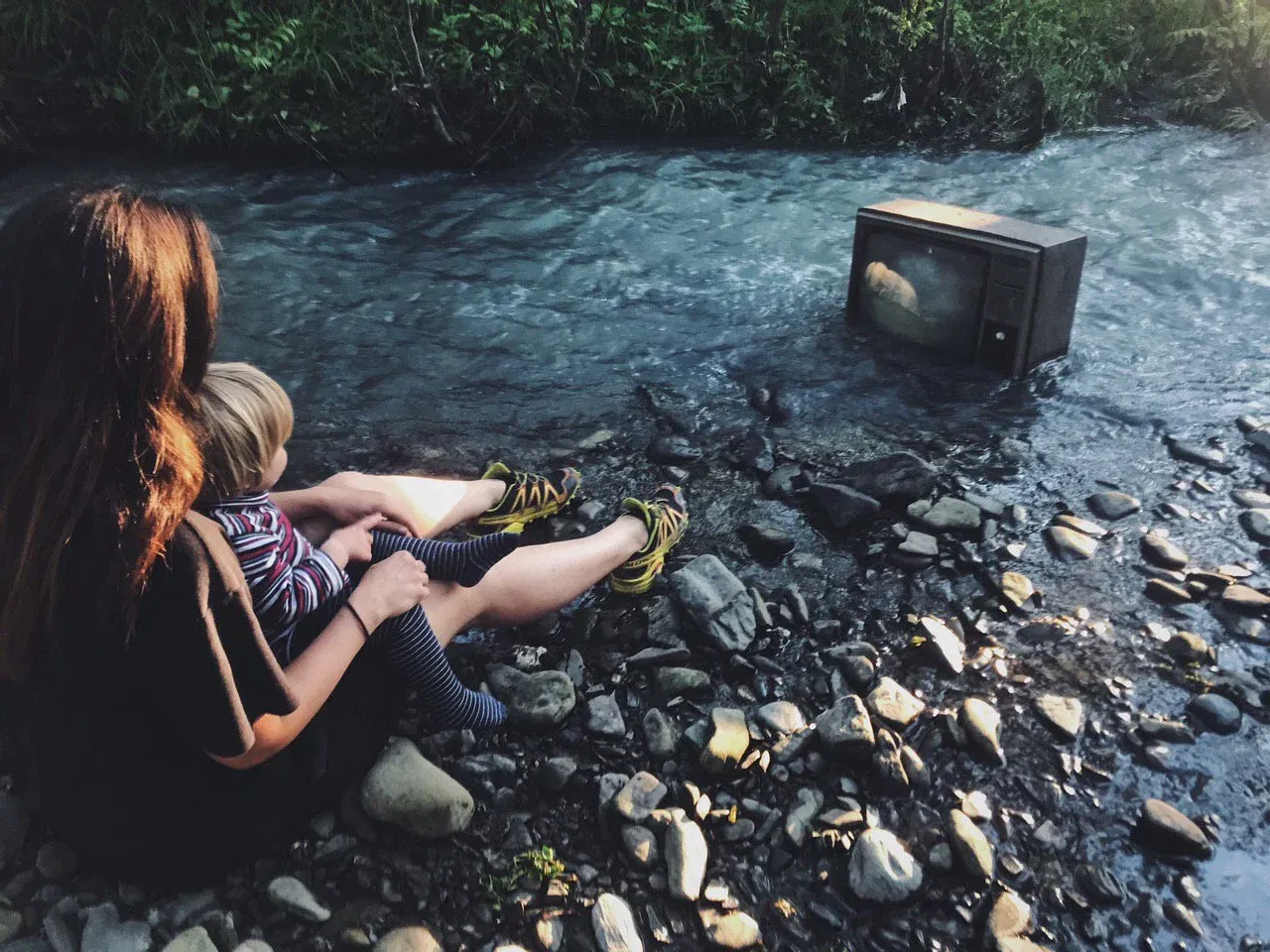
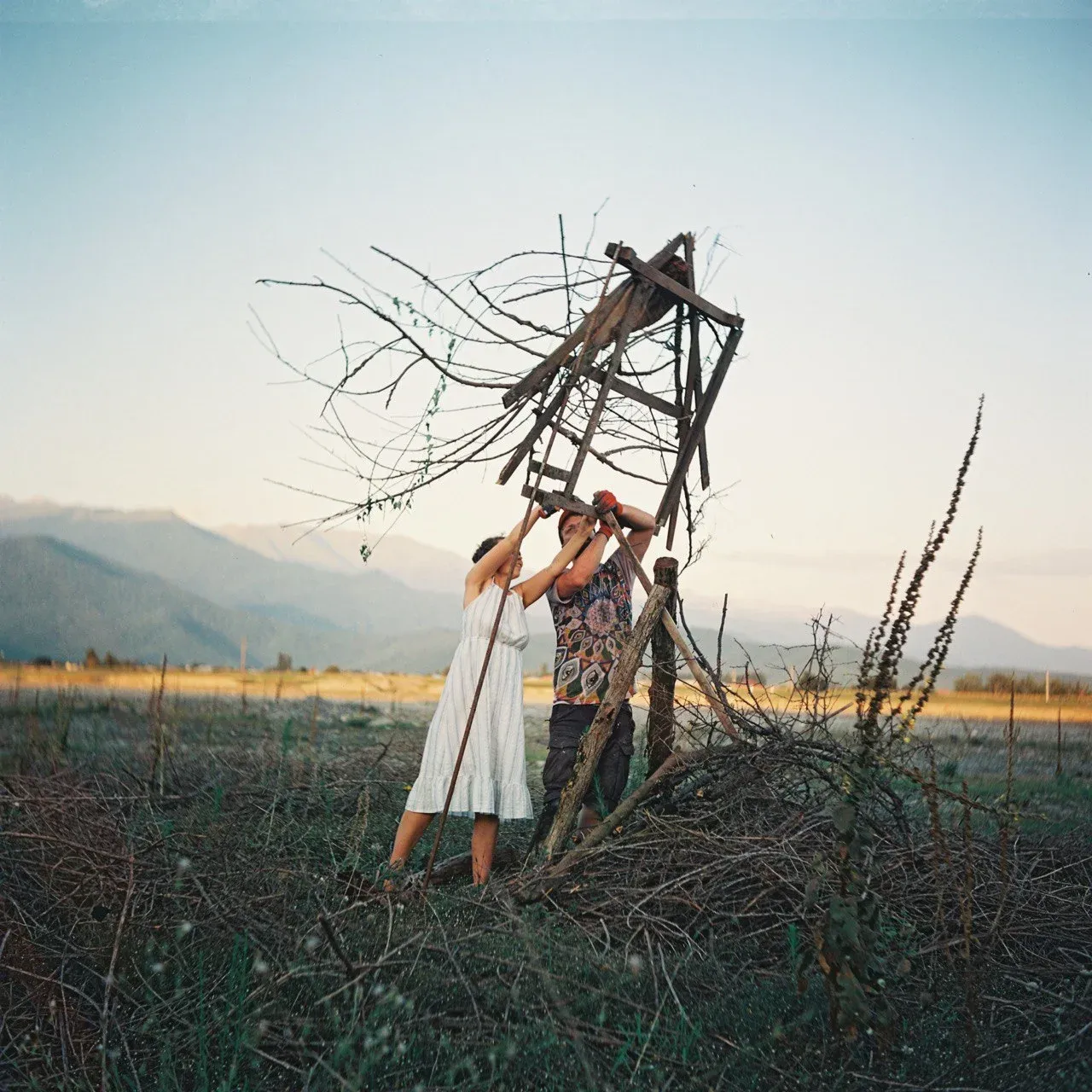
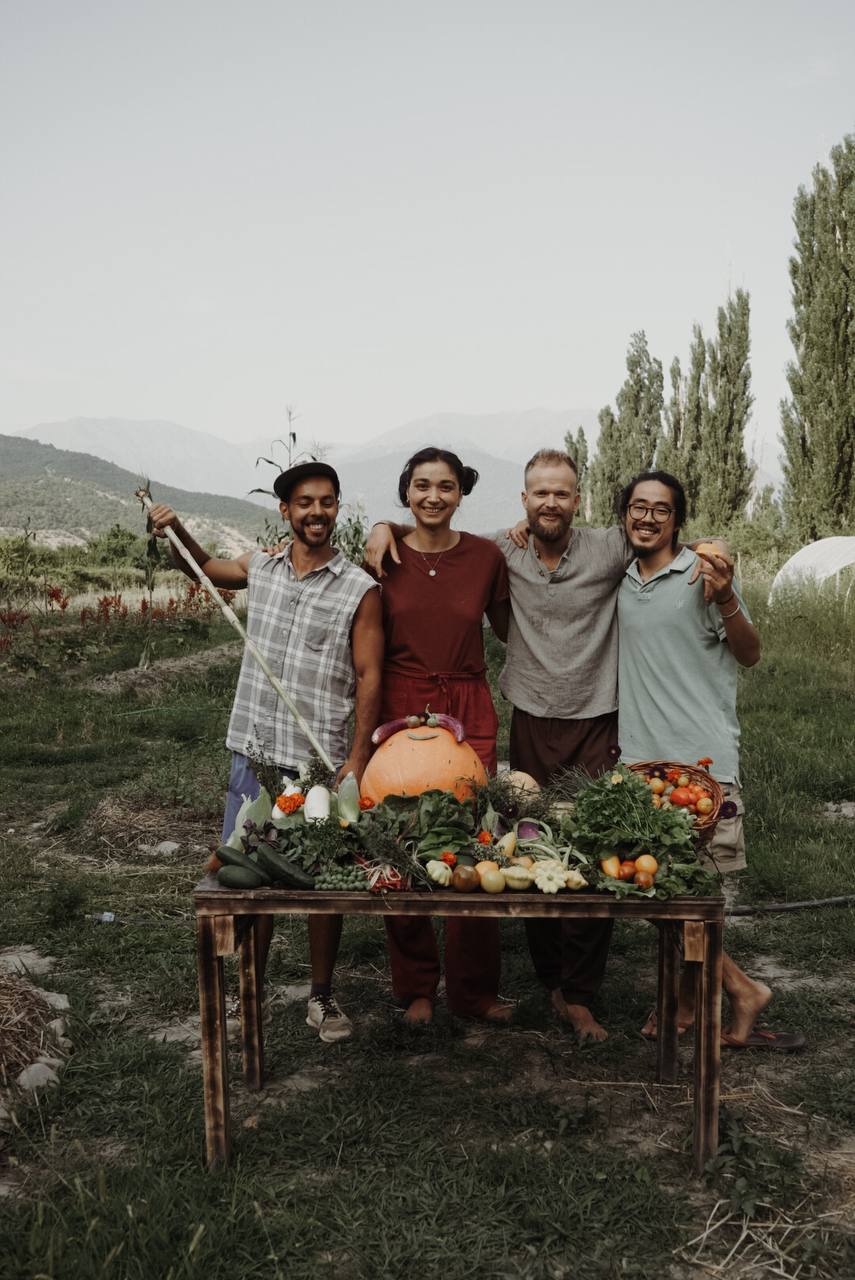
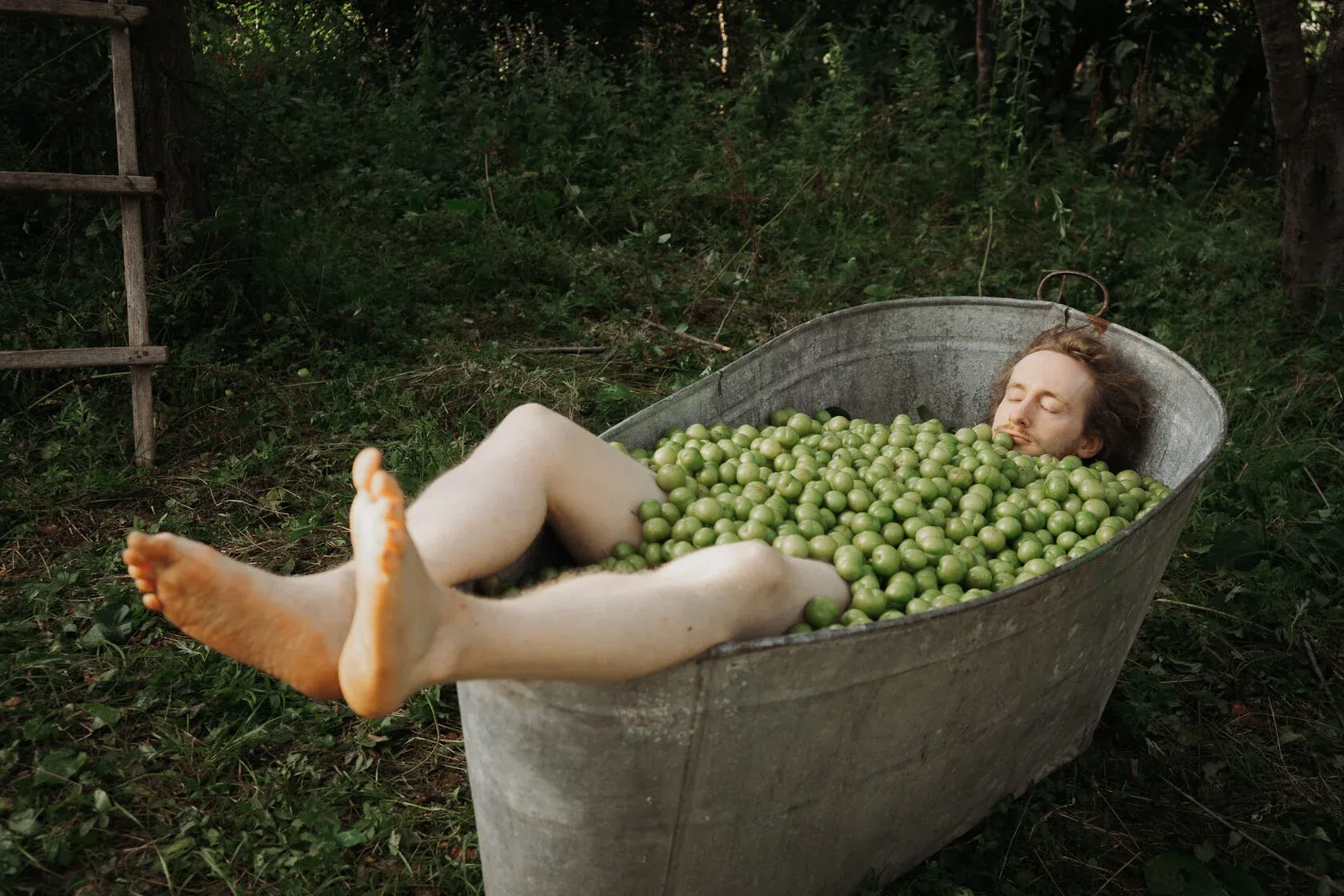
Images from Château Chapiteau
Château Chapiteau unfolds across some 12 hectares of forest in north-east Georgia, nestled between the Koianikhevi and Kabali rivers, with fruit gardens, orchards, and a view of the Caucasus Mountains. Visitors enter a space imagined as a kind of fairy tale: wooden cabins, Georgian houses in the making, treehouse clusters, narrow-gauge carriages, and concealed pavilions—all emerging with an improvisational flourish from forested land.
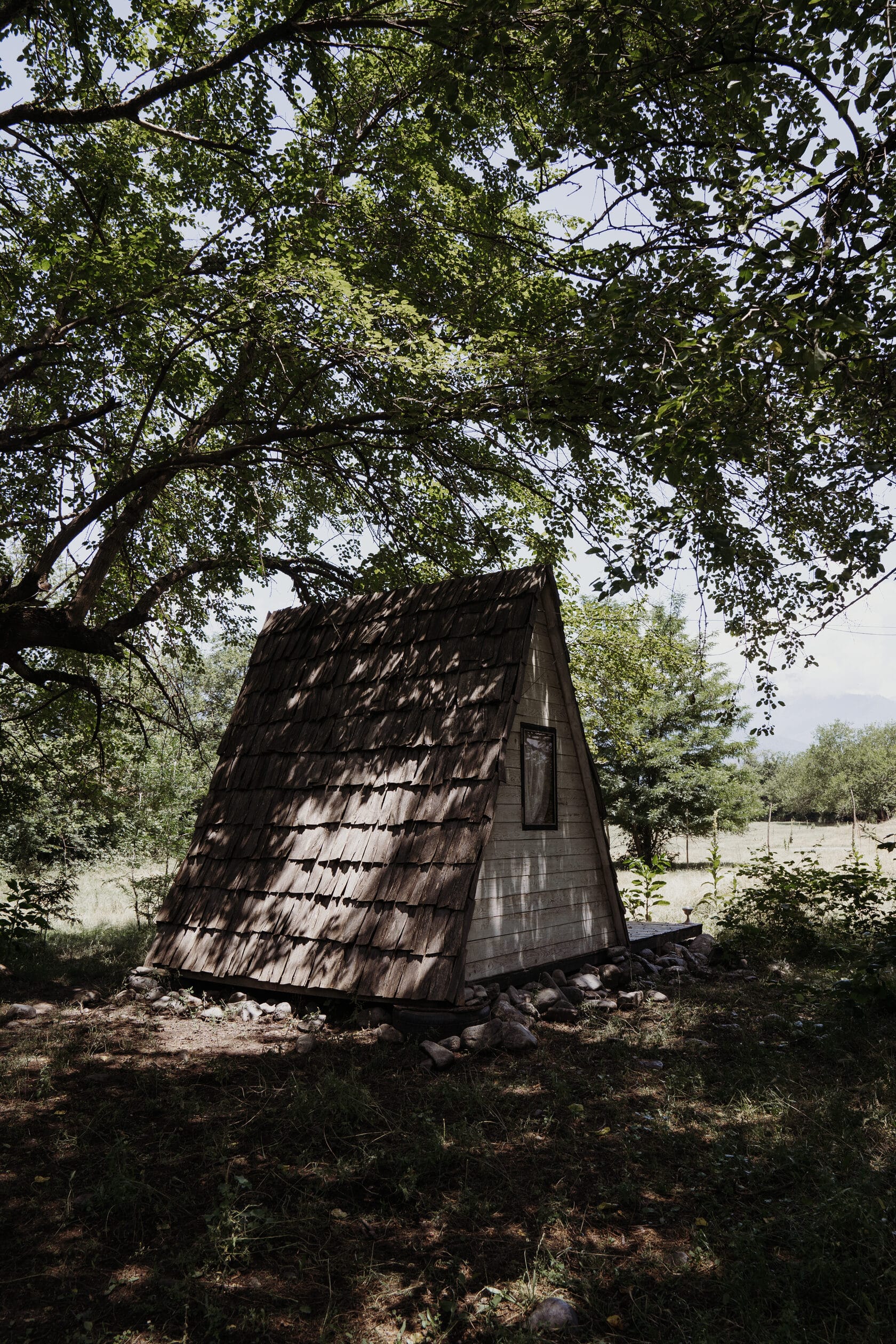
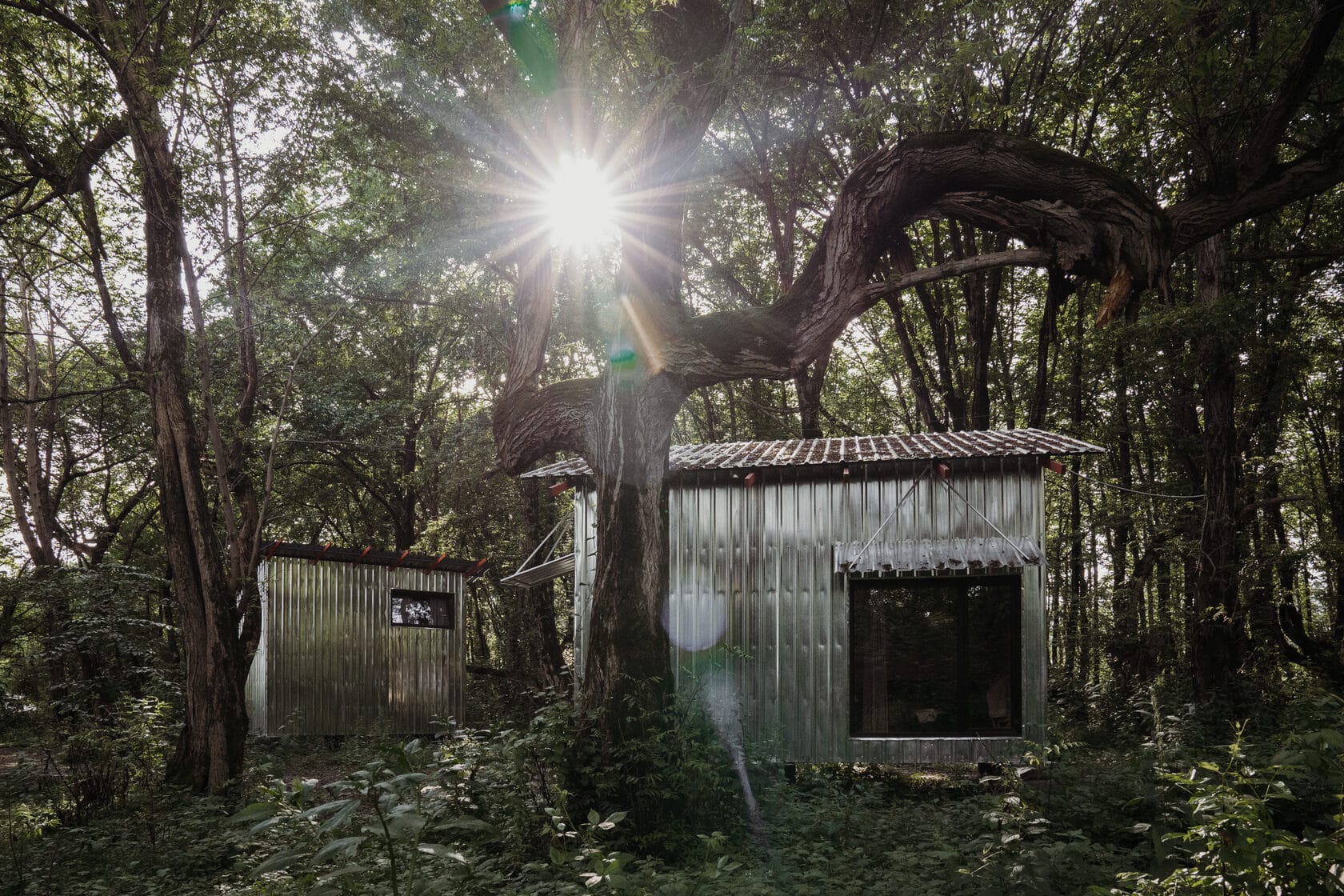
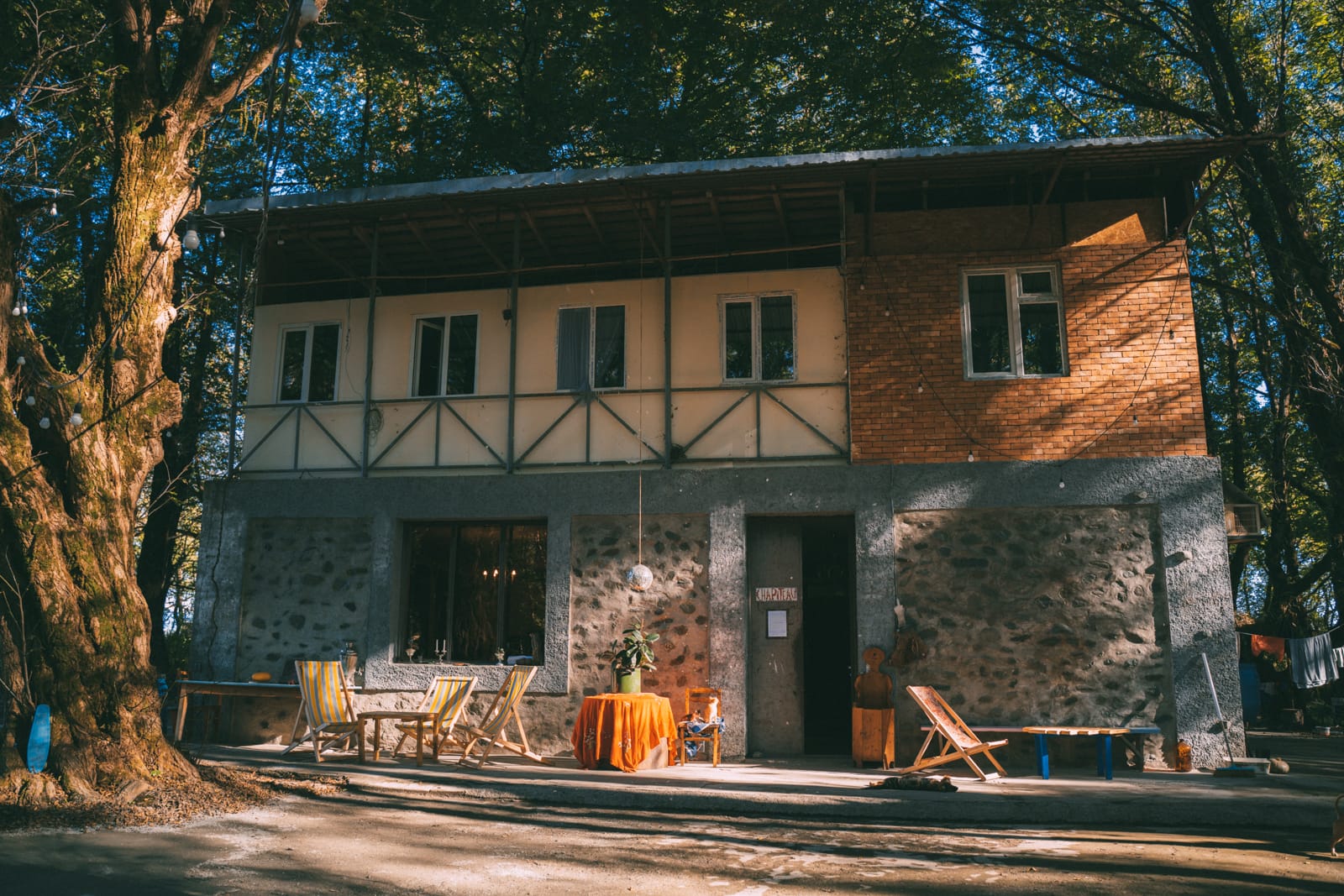
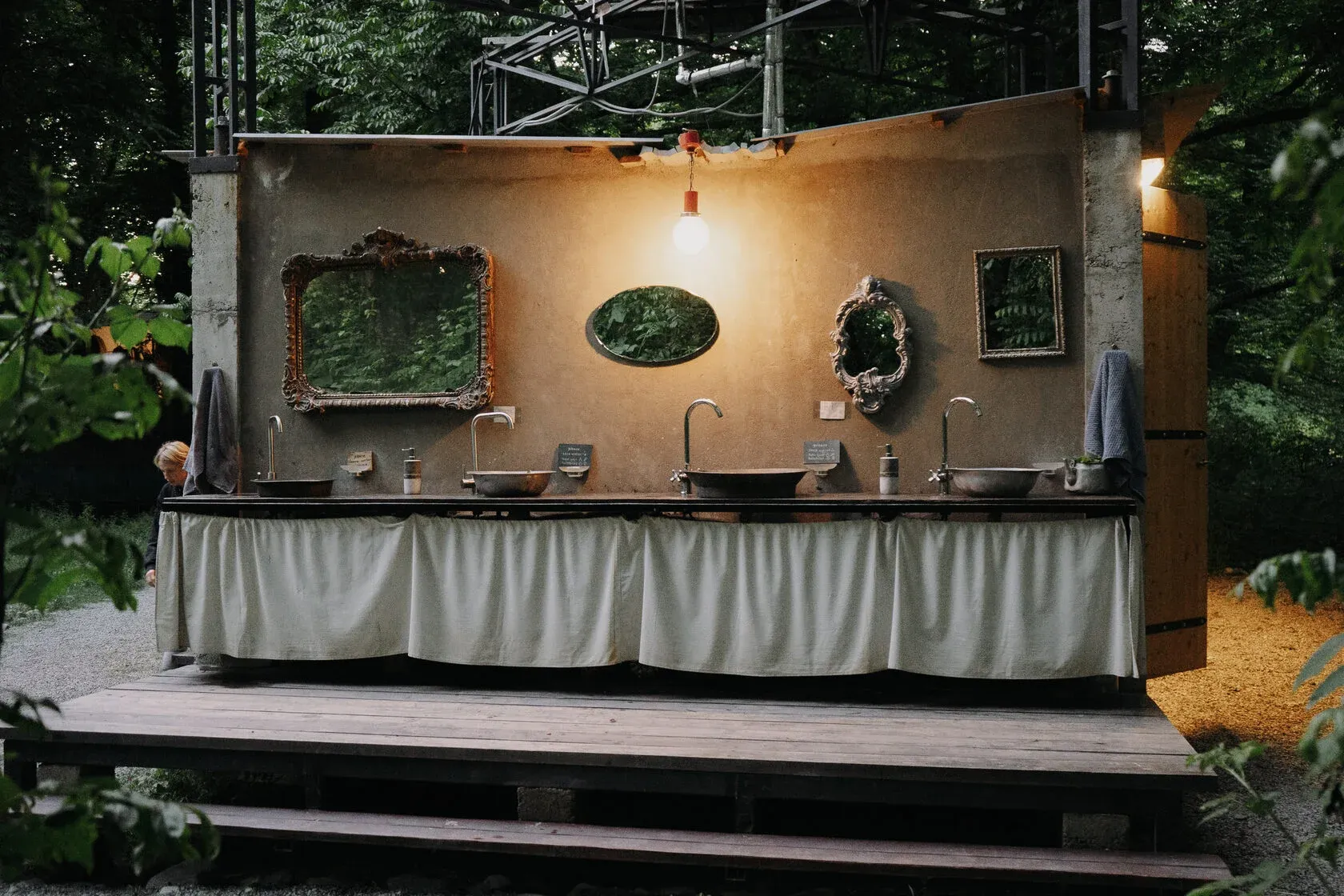
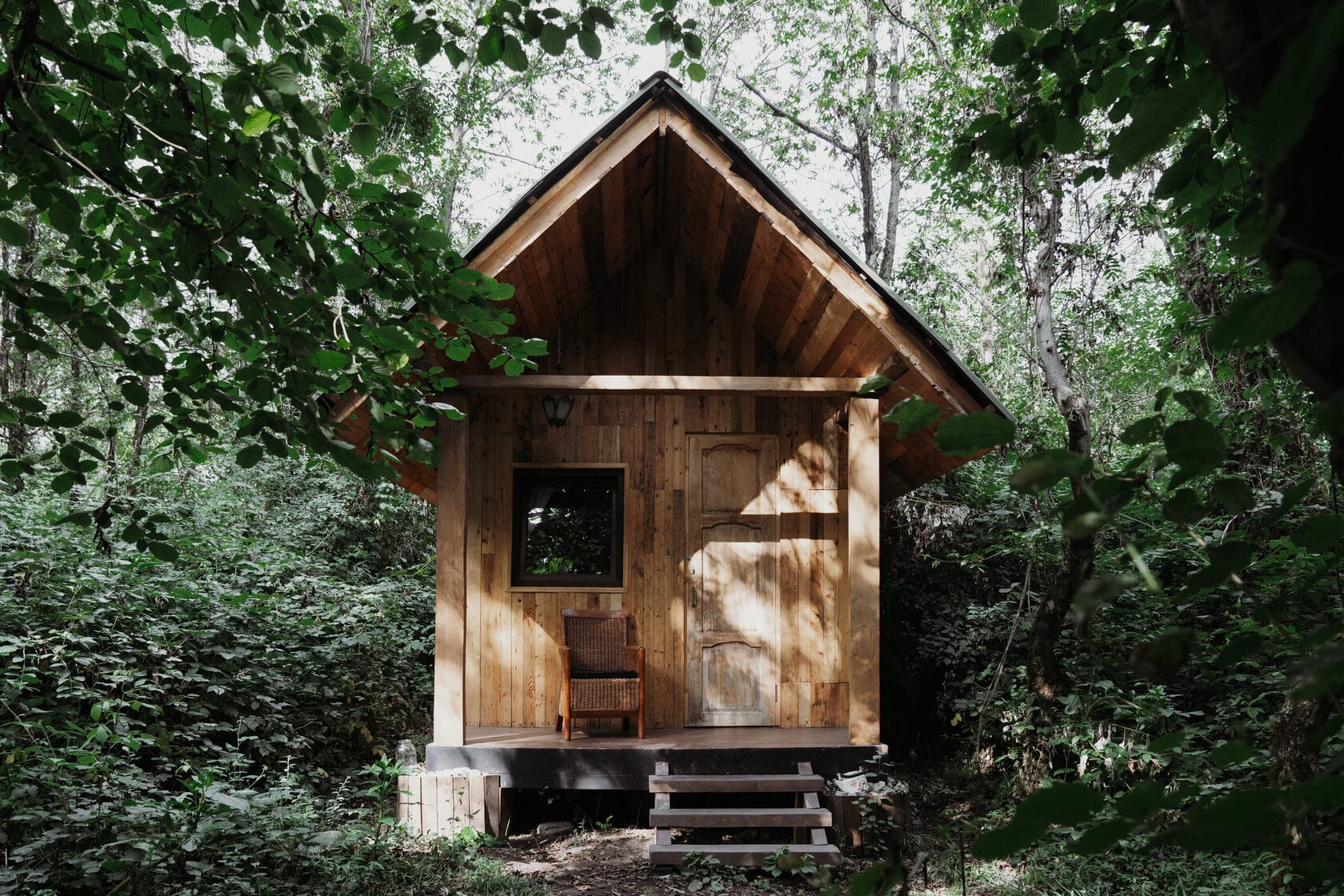
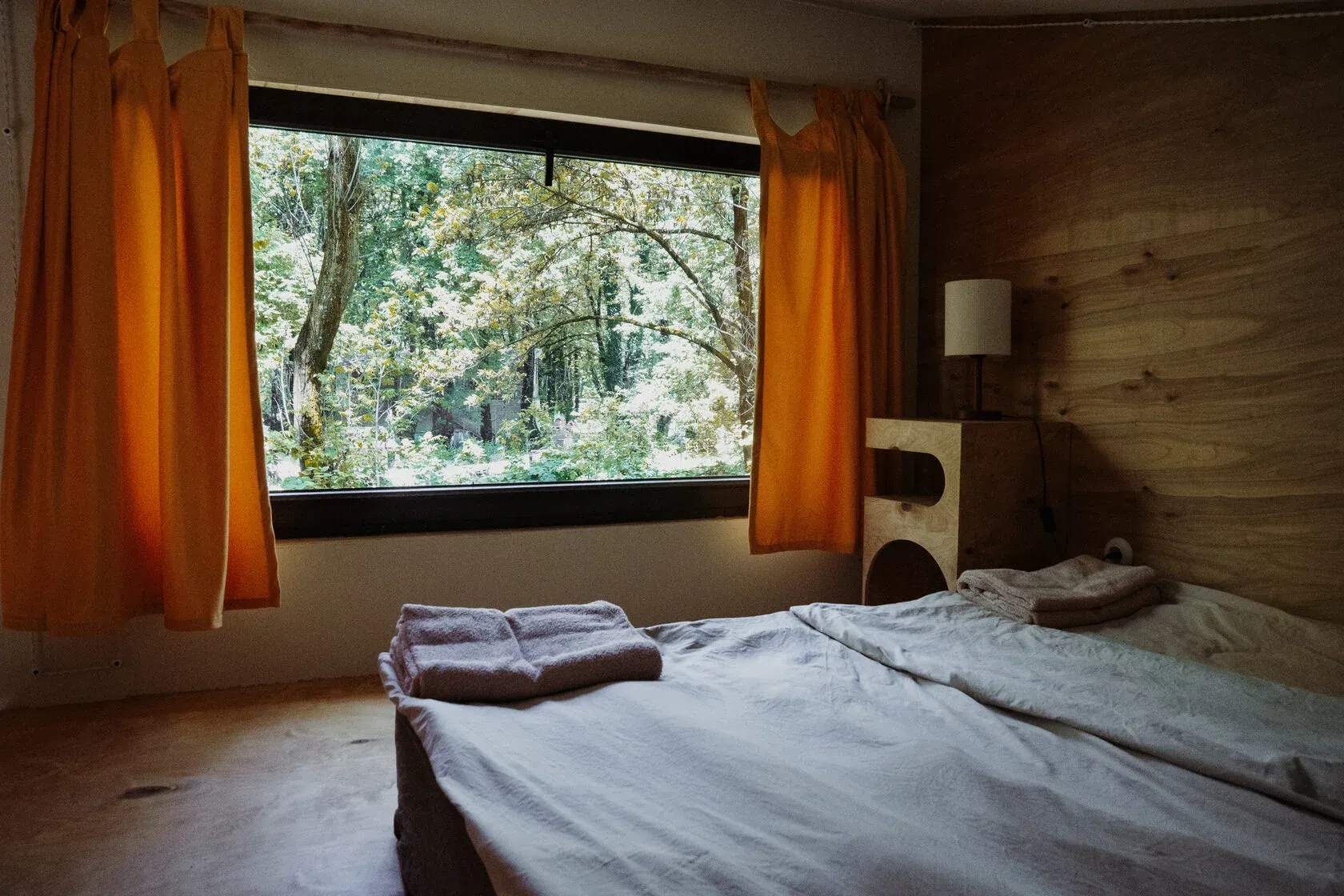
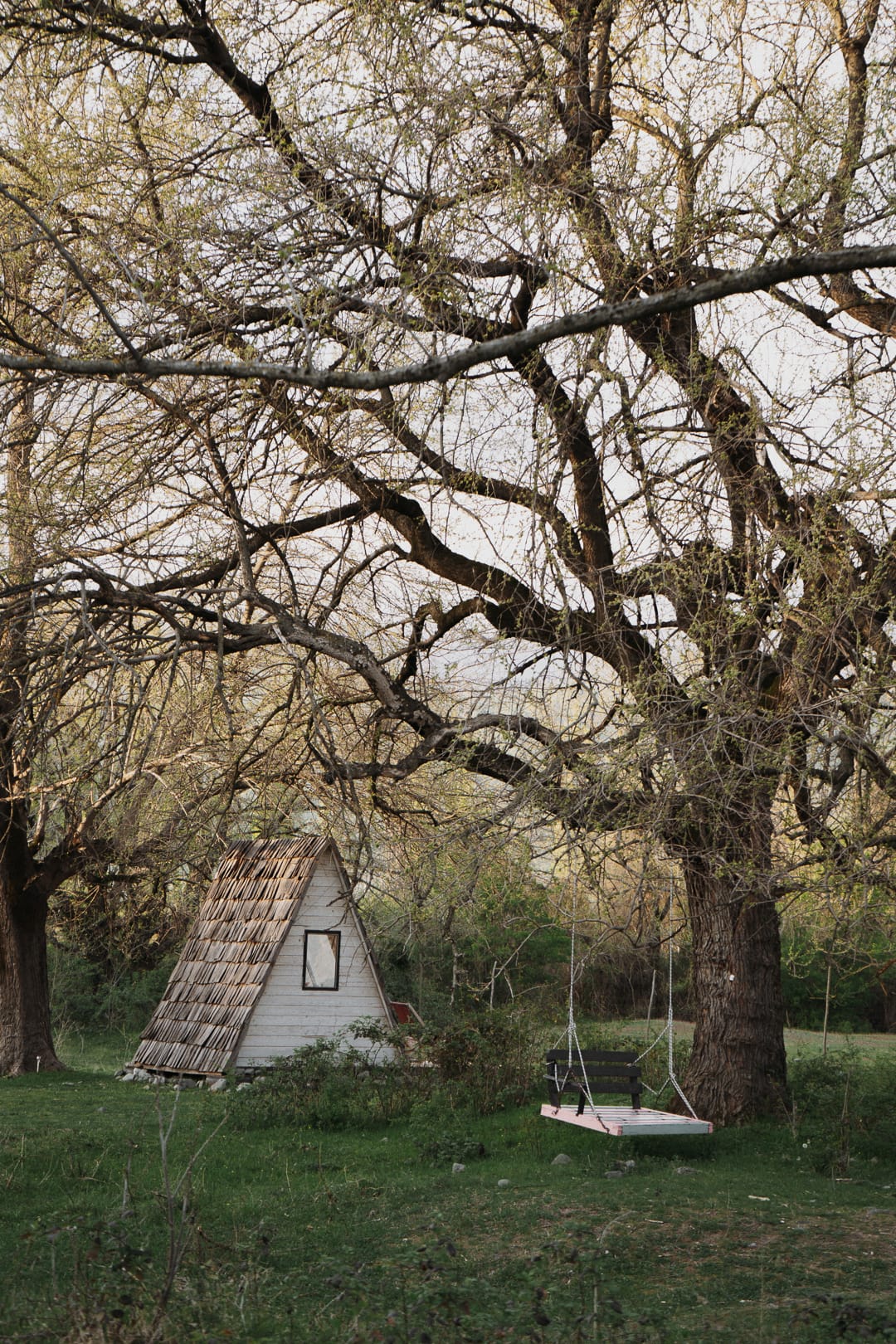
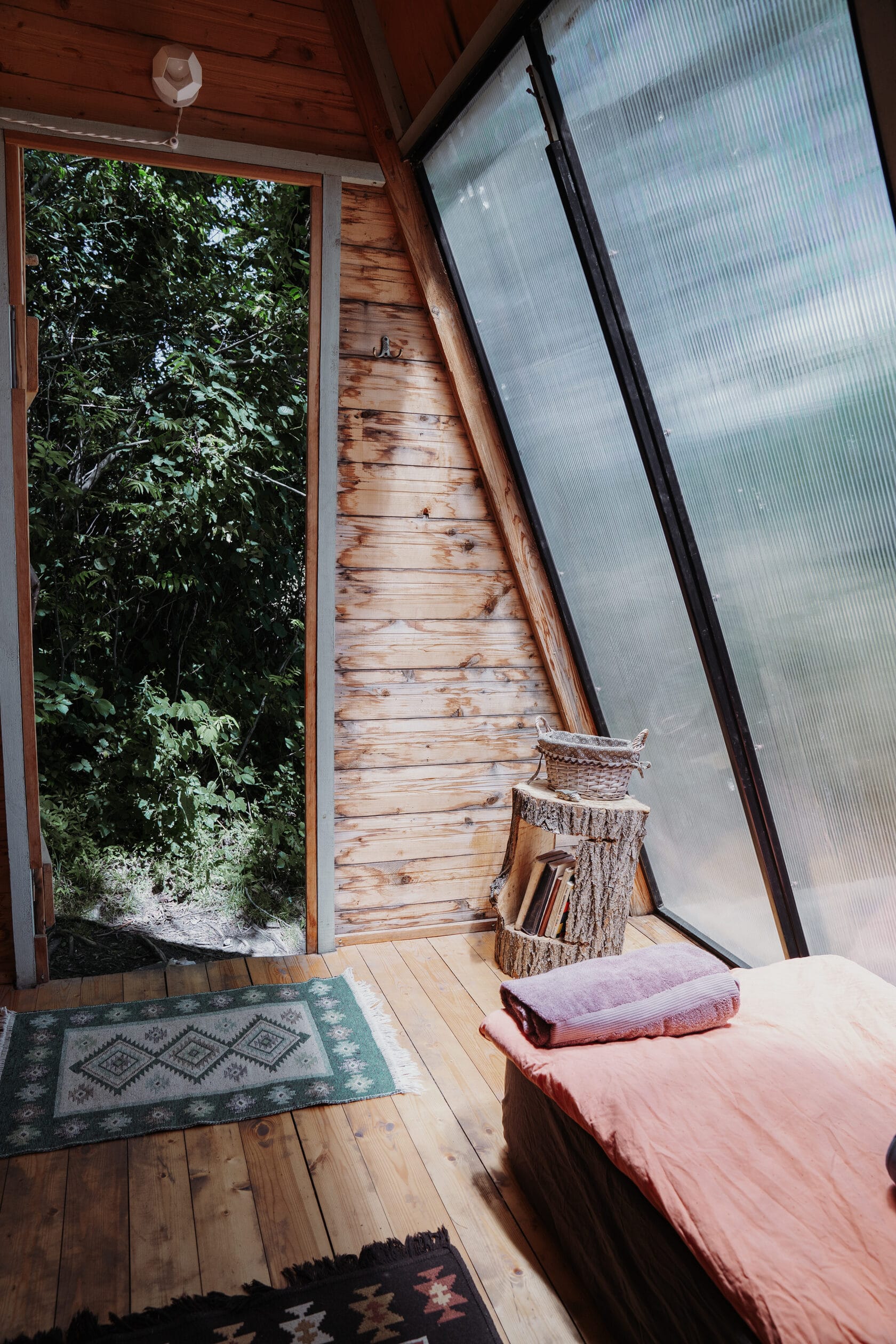
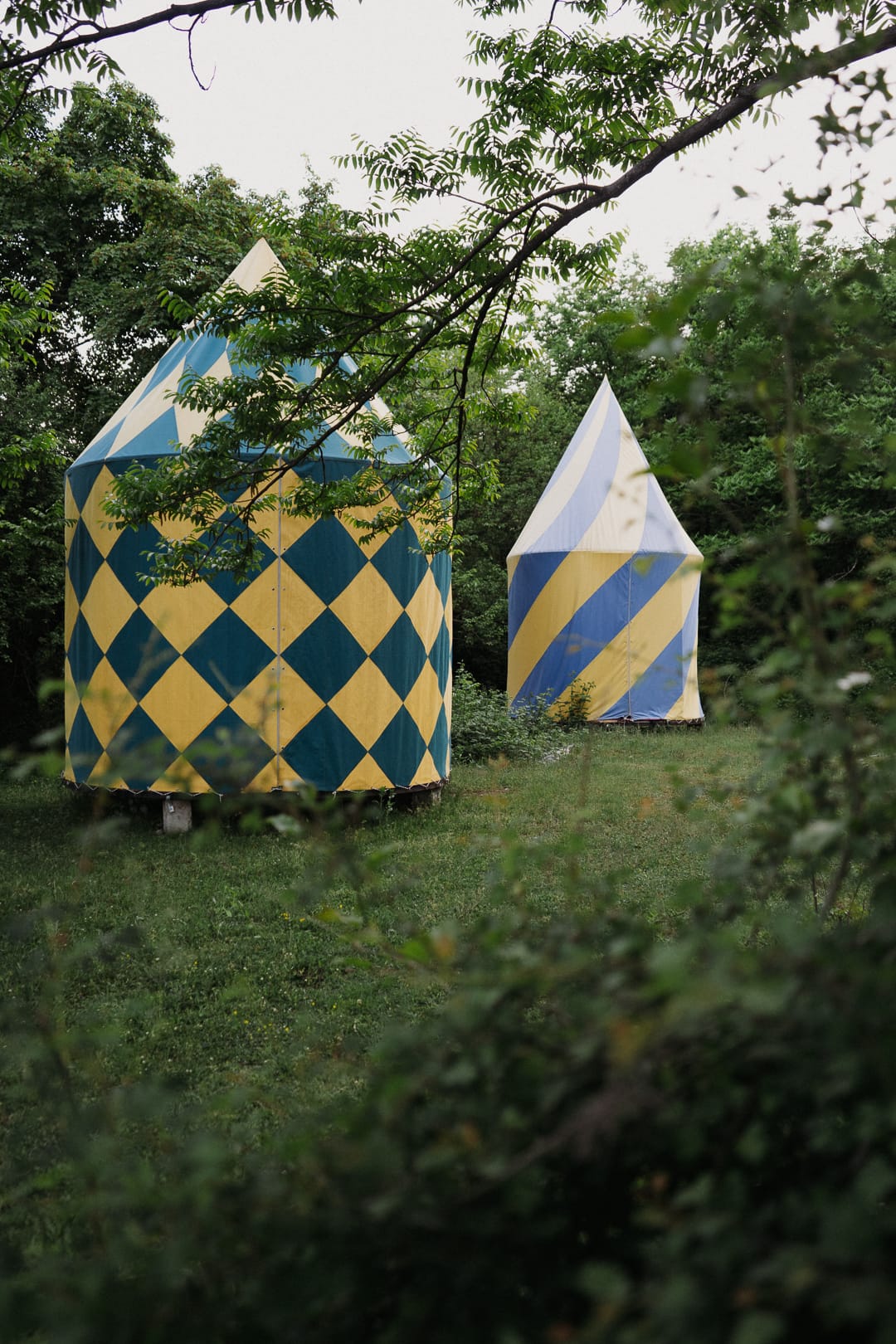
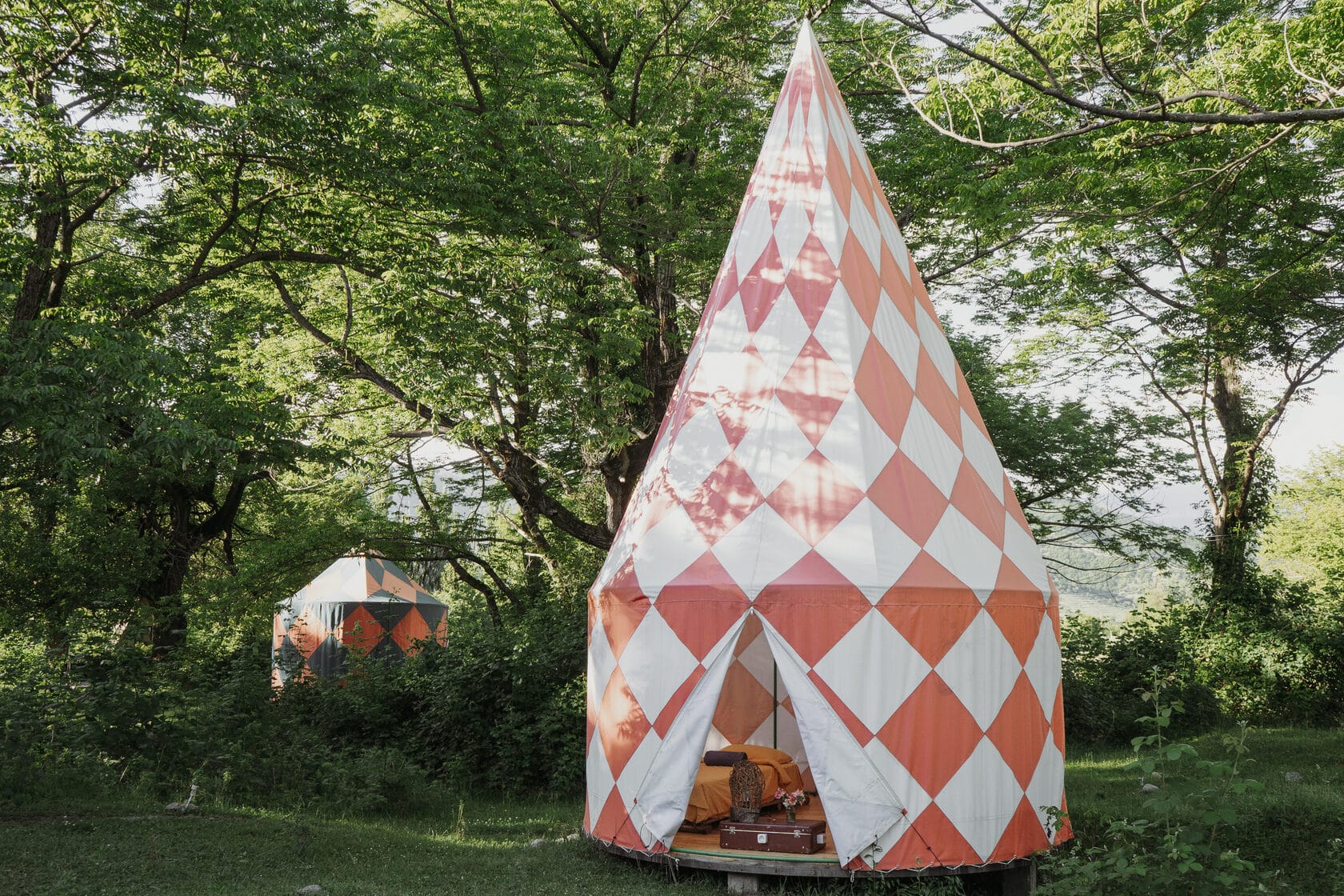
Images from Château Chapiteau
The community describes itself as co-owned by people from around the world, grounded in values of mutual support, creative joy, rational decision-making, ecological care, and democratic experiment.
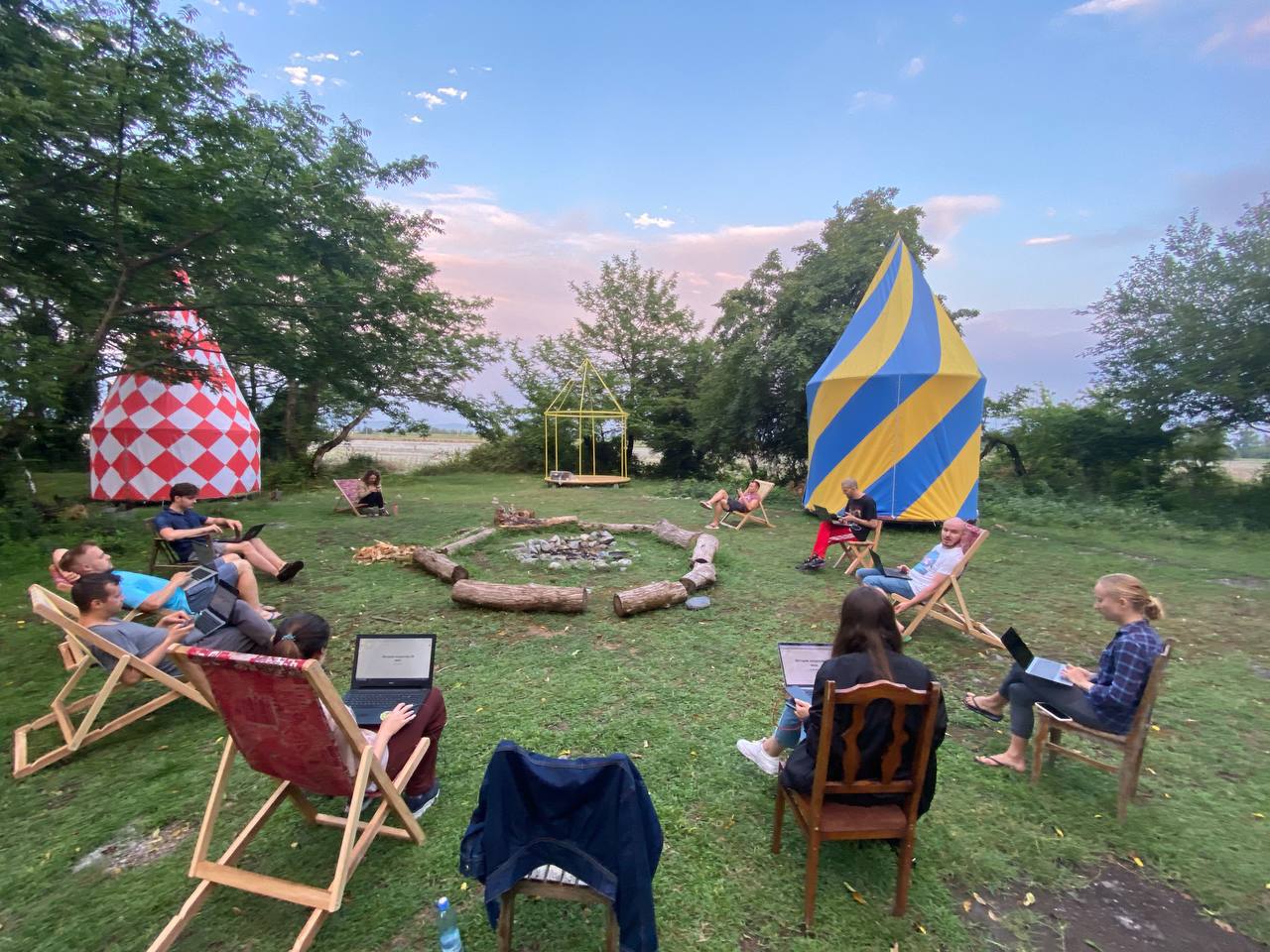
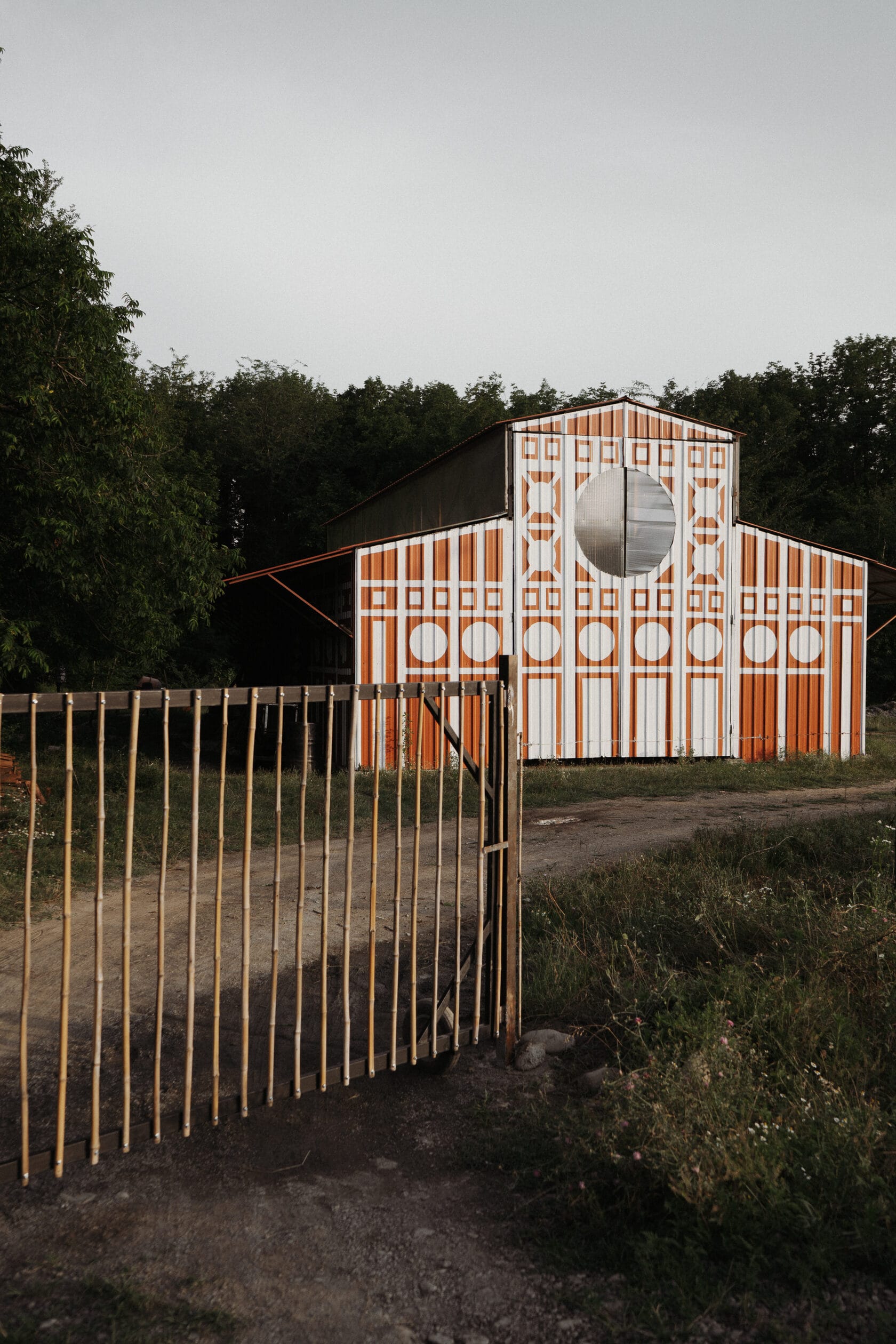
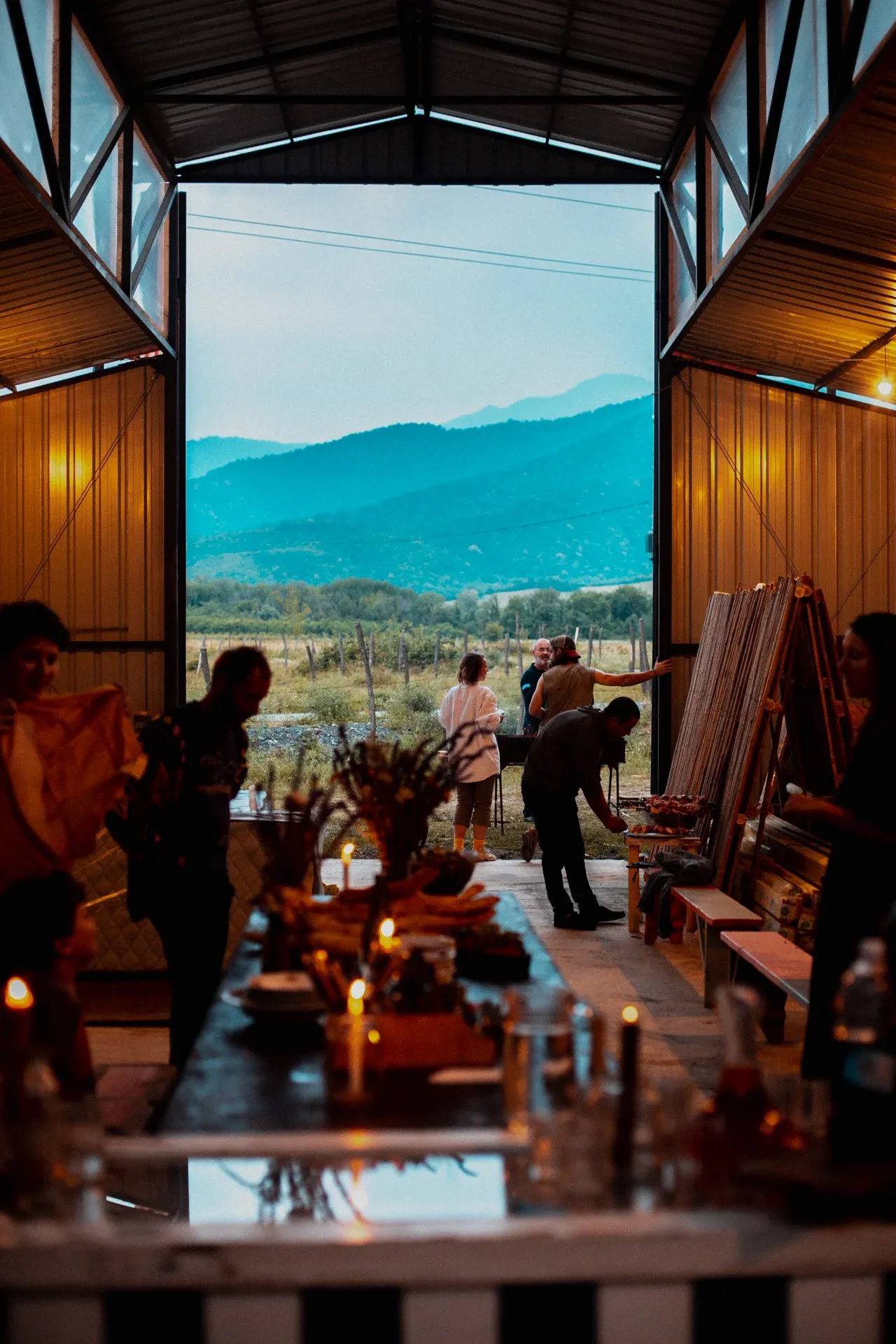
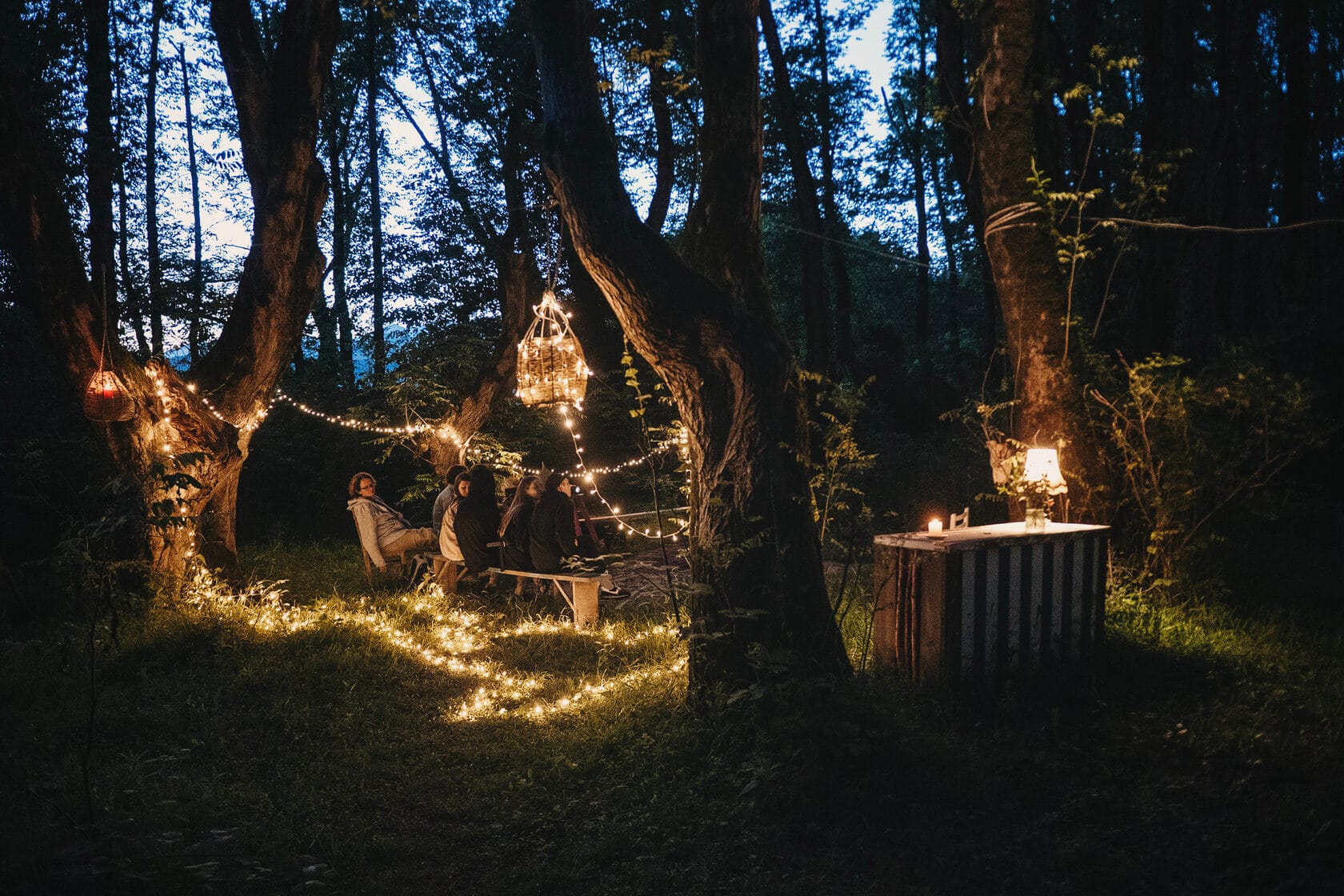
Images from Château Chapiteau
It's not specifically a digital nomad coliving, though they have the infrastructure to support remote work.
The community shares all three meals together a day, with much of the ingredients sourced from their own organic farm.
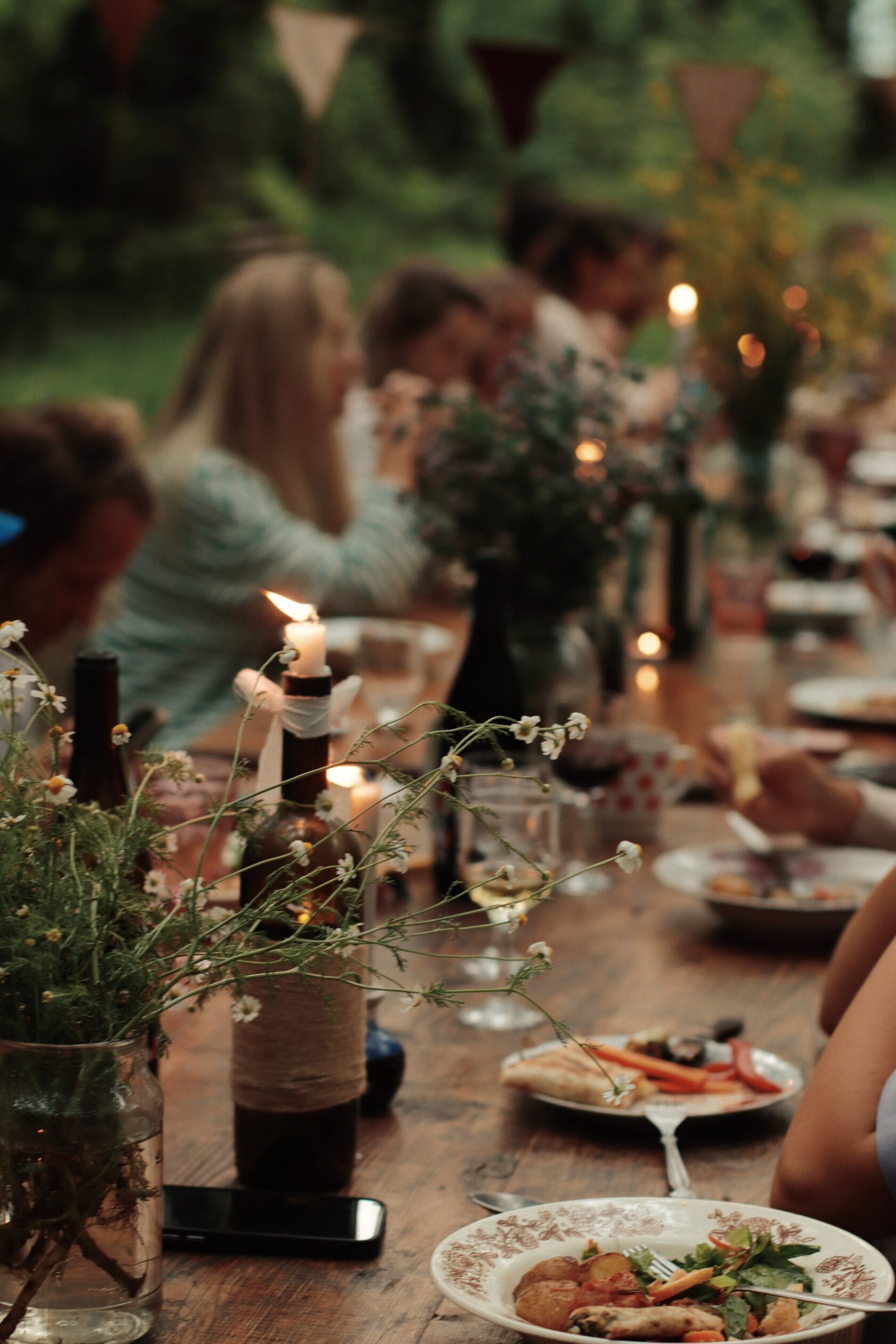
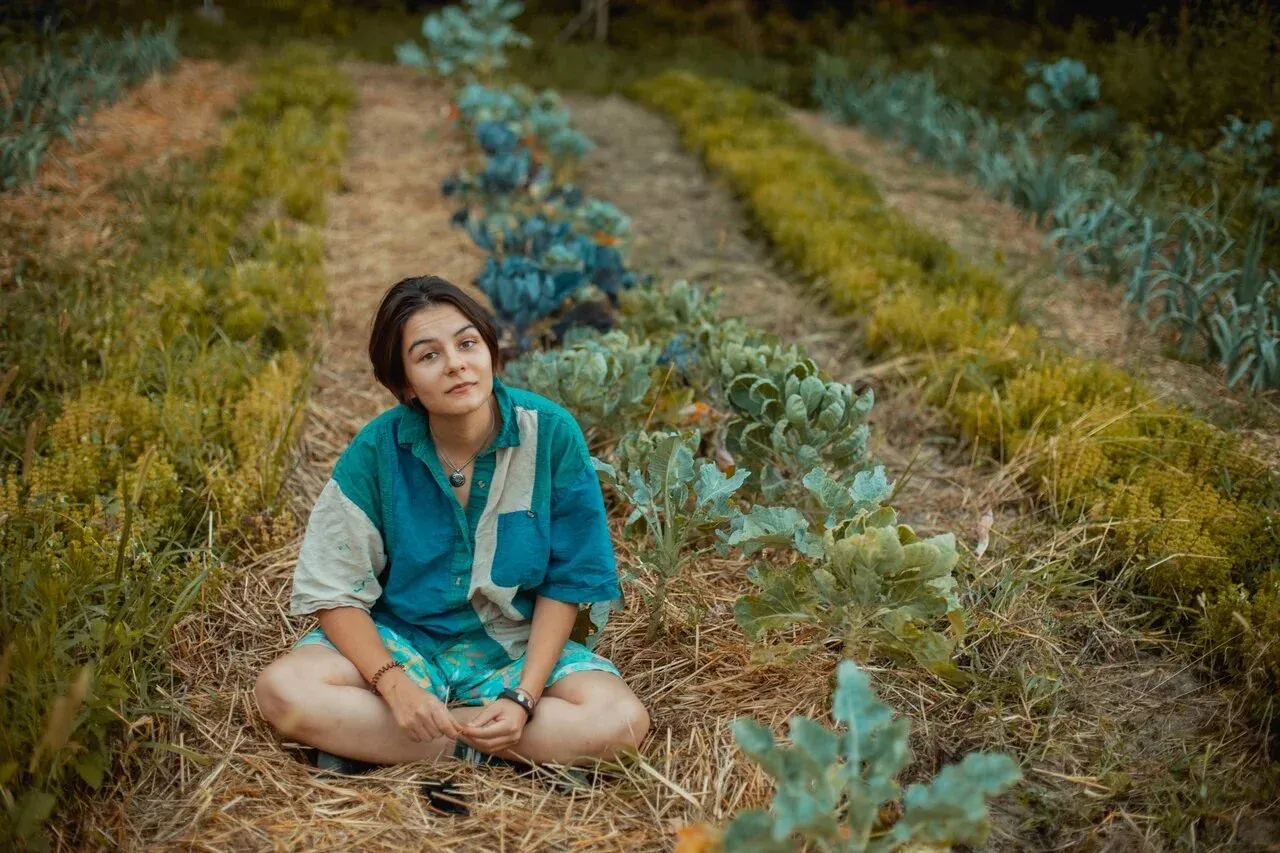
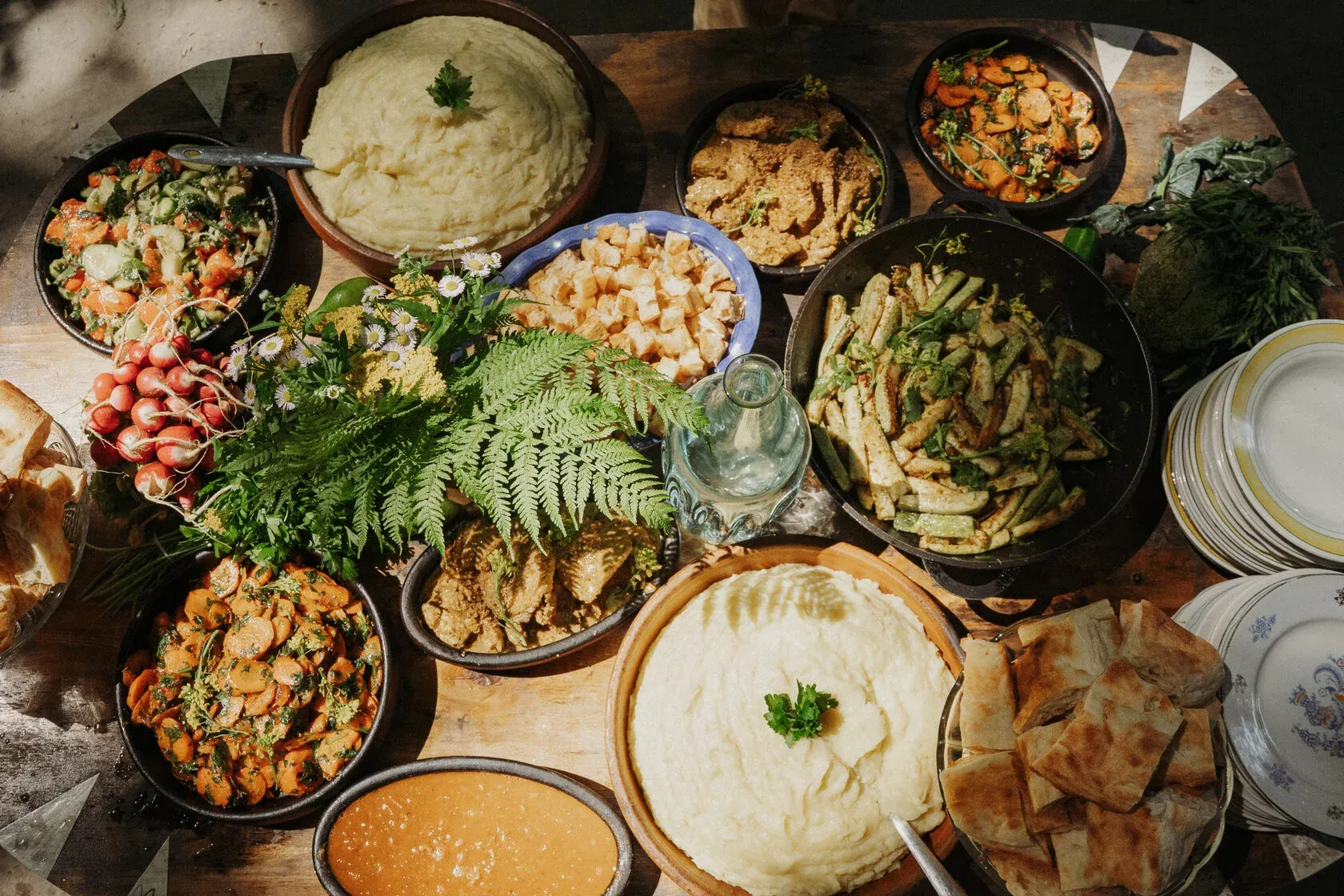
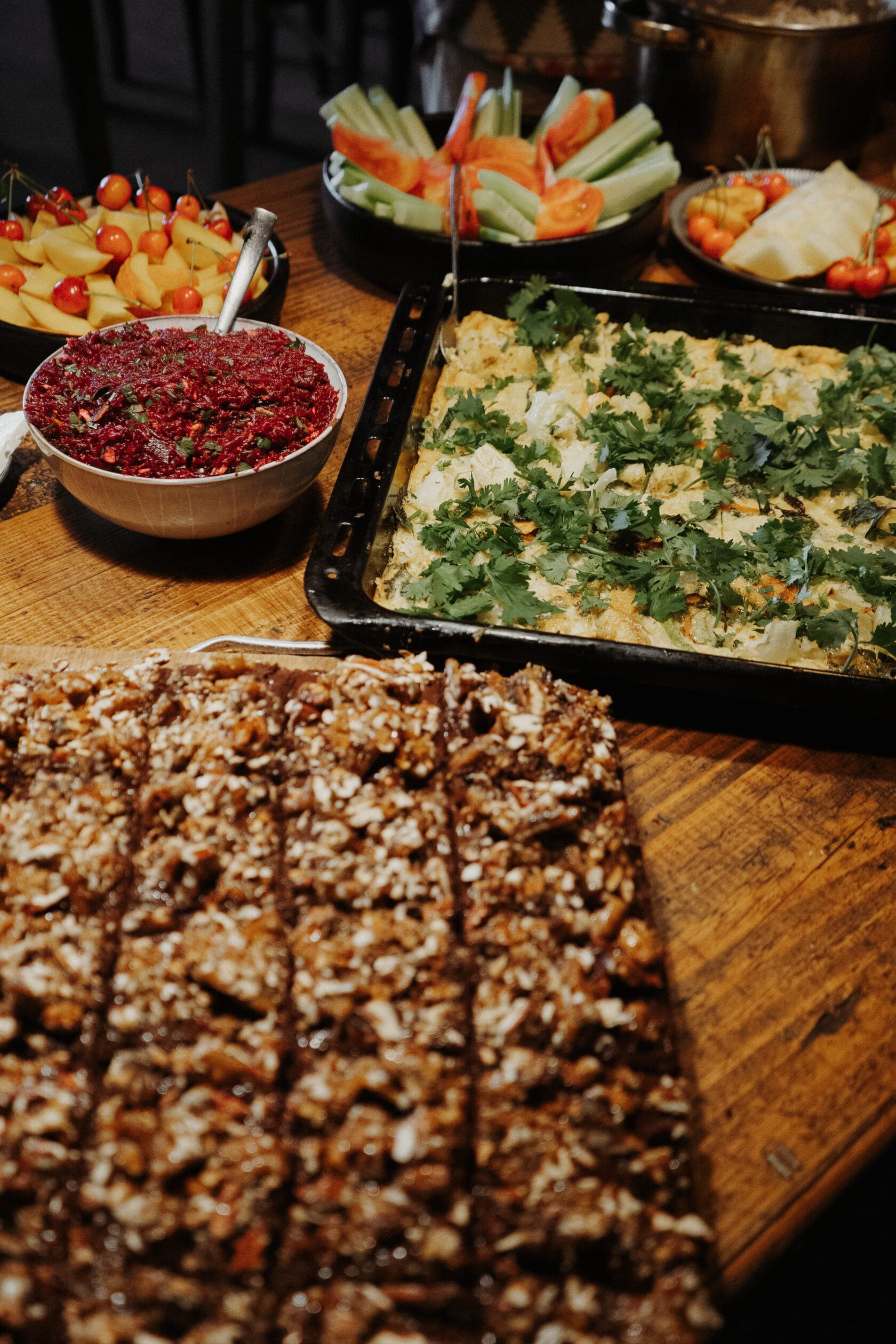
Images from Château Chapiteau
Château Chapiteau suggests that coliving can become a kind of theater, a stage for trying new ways of being together.
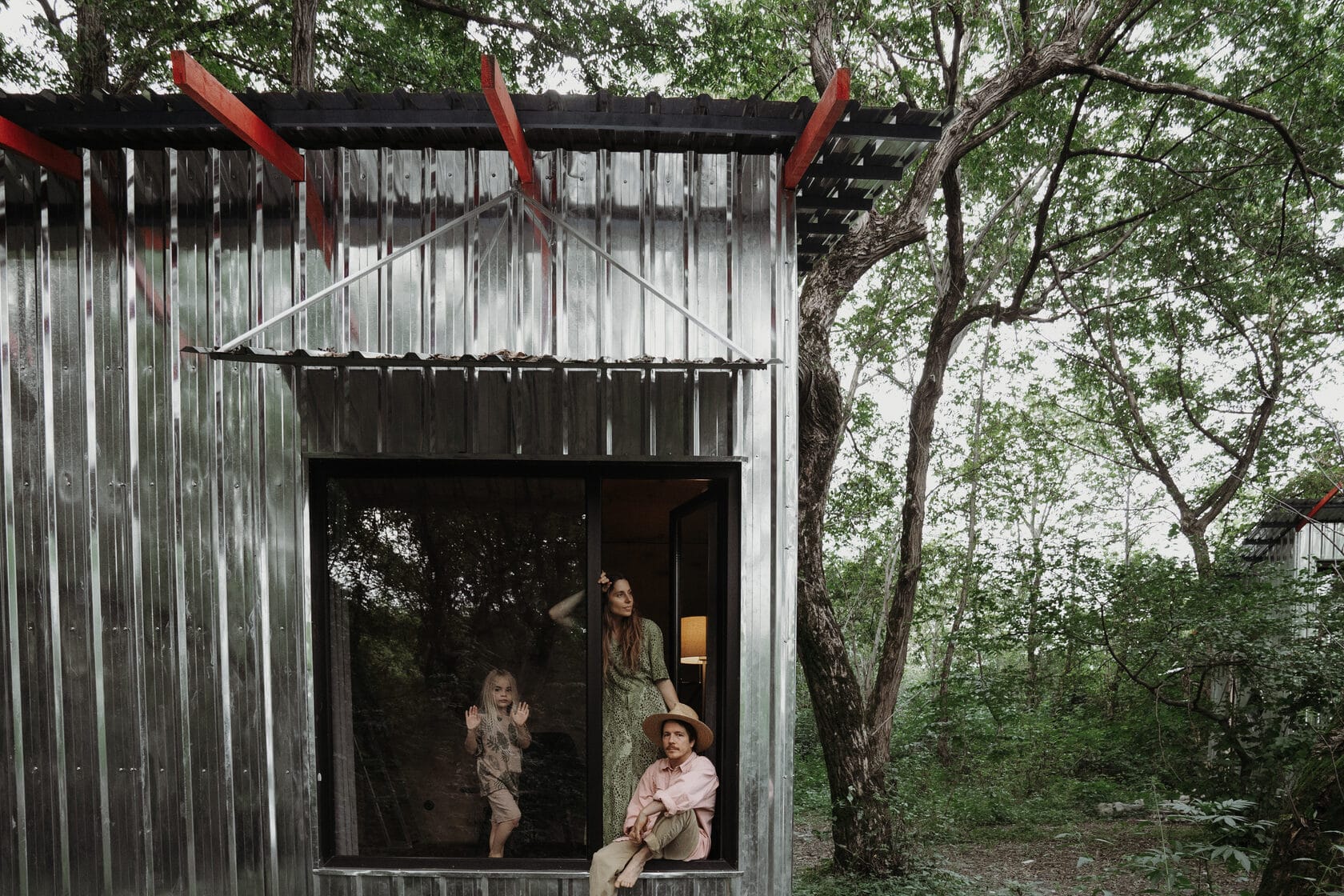
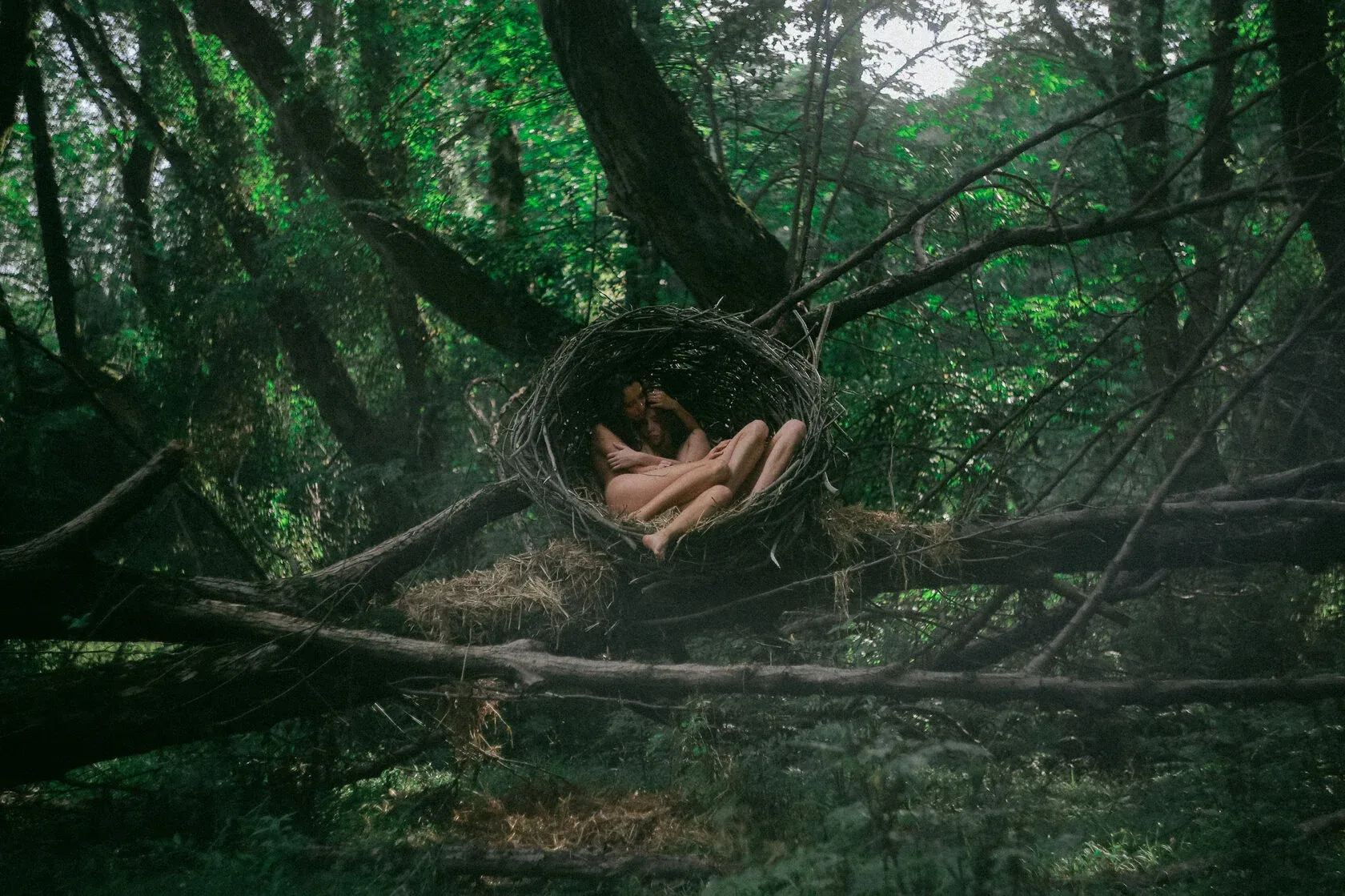
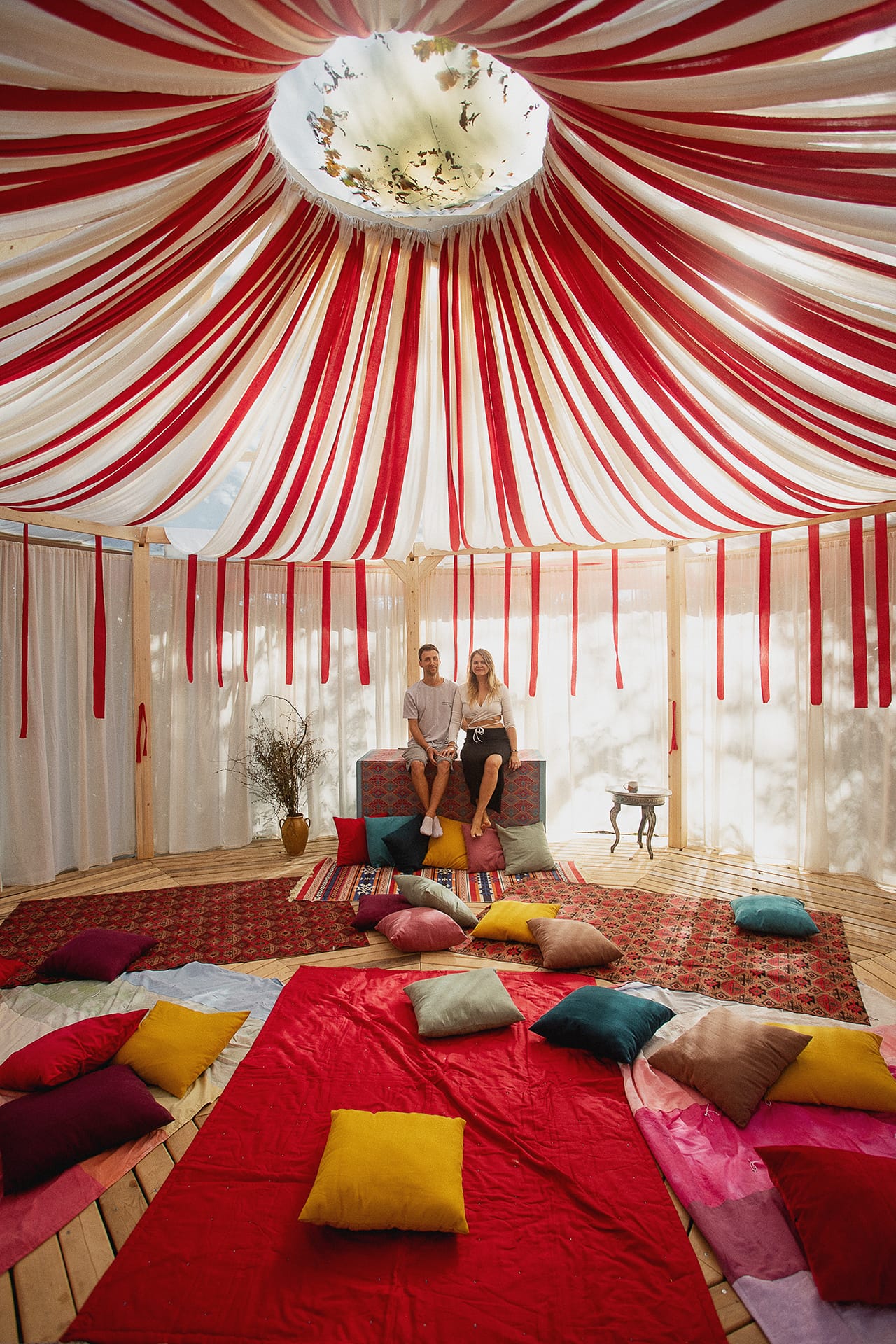
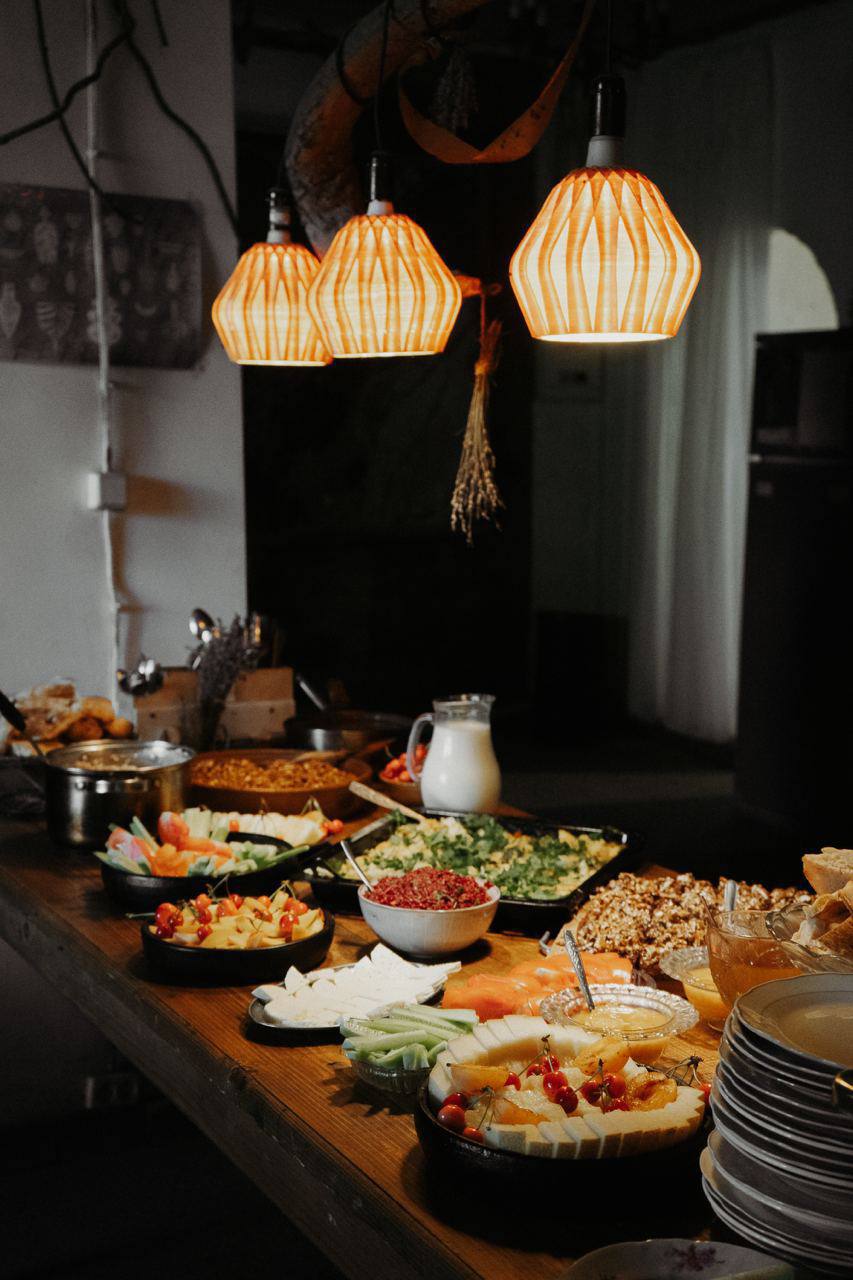
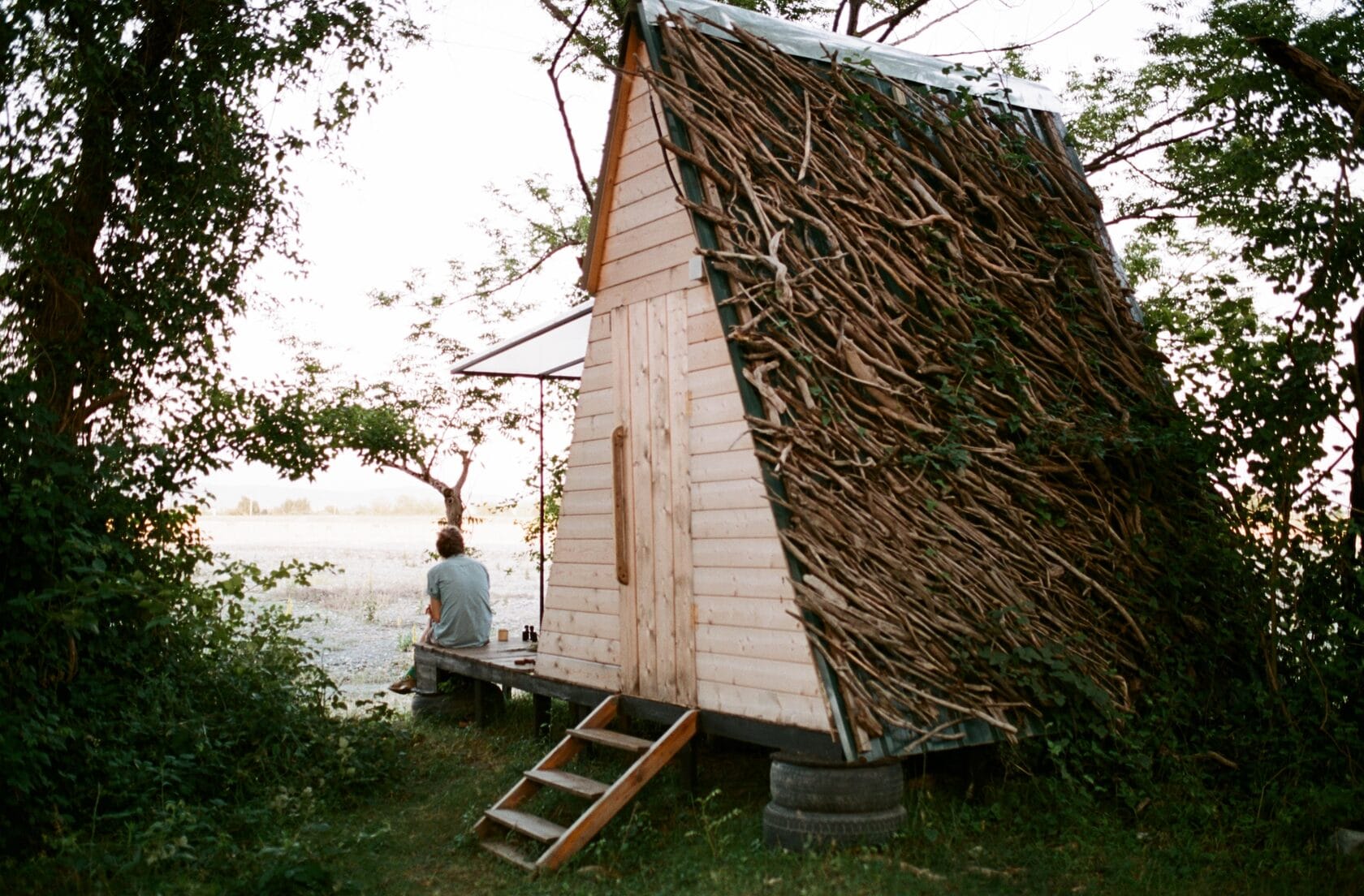
Images from Château Chapiteau
The fact that it thrives in a place like Georgia—on the cultural periphery of Europe, outside the obvious circuits of nomadism—only adds to its resonance. It shows that living otherwise may emerge not from the centers of trend but from the margins, where there is space for projects that don’t have to be replicable.
We absolutely adore the aesthetic sensibility of Château Chapiteau, and implore you to wander through their magical website.
The Garden (Portugal)
This has to be one of the most unique projects we've come across.
Sprawled across a 22-acre "enchanted forest," The Garden describes itself as a "creative cauldron" and living research institute.
Only 45 minutes from Porto's airport, The Garden is application-only, has two gigabit internet connection(!), and a 12-week maximum stay limit for anyone who comes.
The Garden describes itself quite beautifully in its own words, so the rest is taken directly from their website and their Values & Vision document.
[The Garden is]
A carefully curated creative cauldron.
A playground for the brave, the real, the weird, and the down.
A living lab to cultivate emergence.
A melting pot of multidisciplinary experimentation.
A place to work and play as your best self (or whichever self shows up)
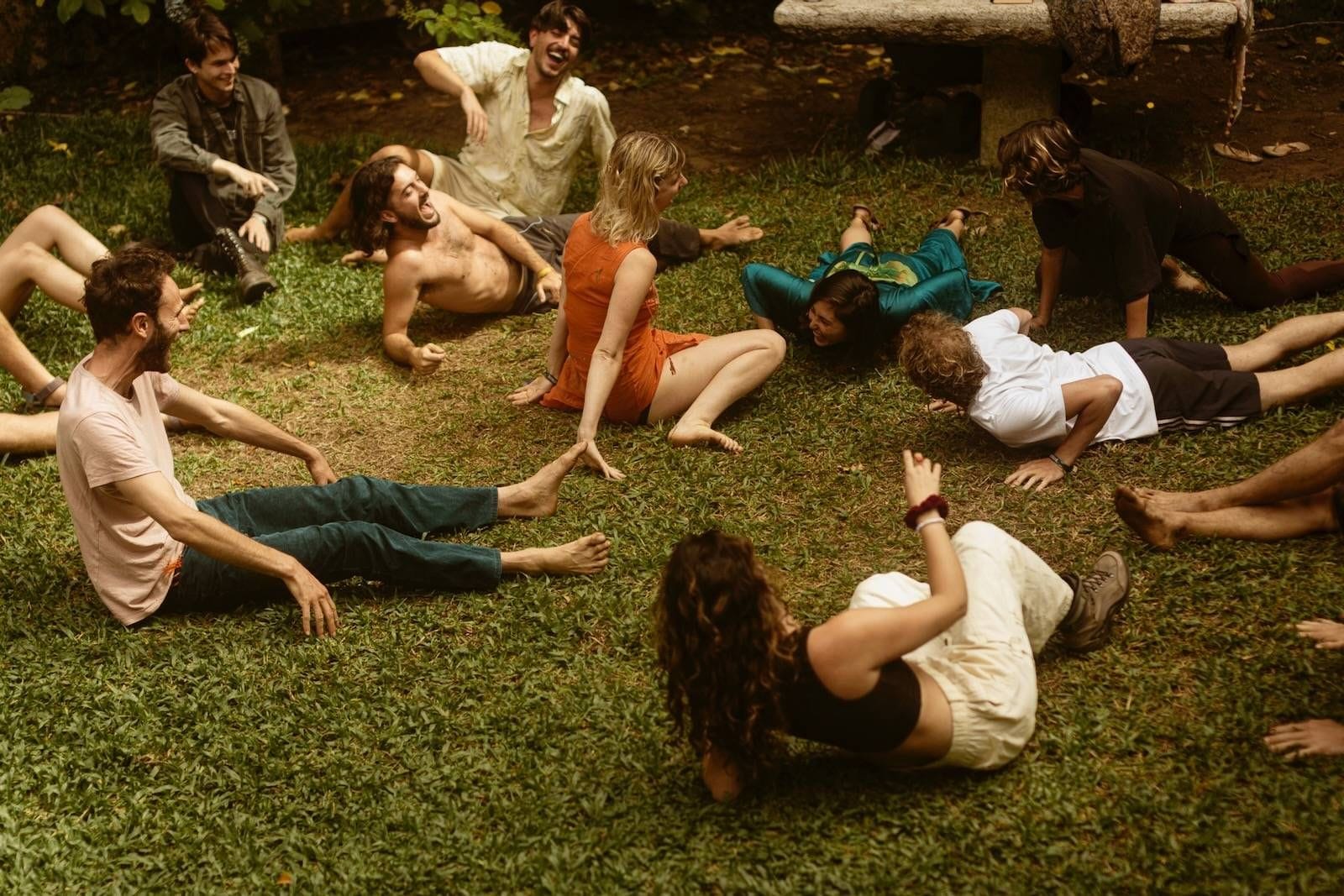
[The Garden is for] black sheep, curious nerds, cultural activists, world builders, muses, scientists, poets, scoundrels, nature lovers, embodied creatures, revolutionaries, entrepreneurs, artists, artisans & benevolent agents from around the world.
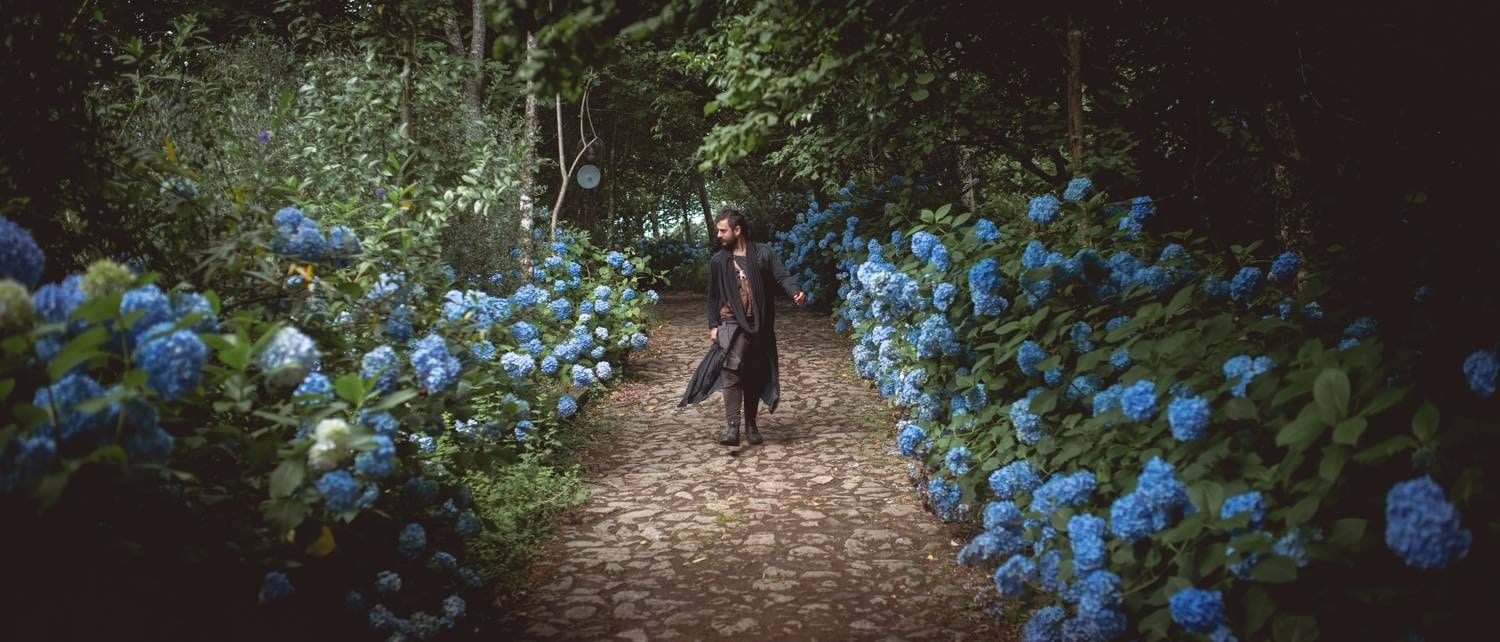
The Garden aspires to be a transformative cultural ecosystem that redefines human collaboration, creativity, and connection. It exists as a proof of possibility— a prototype for ideas, systems, and cultural norms deemed impractical or stifled elsewhere. By merging interdisciplinary research, artistic expression, and intentional experimentation, it seeks to catalyze cultural evolution, reduce existential risks, and model a future where humanity thrives in harmony with itself and nature.
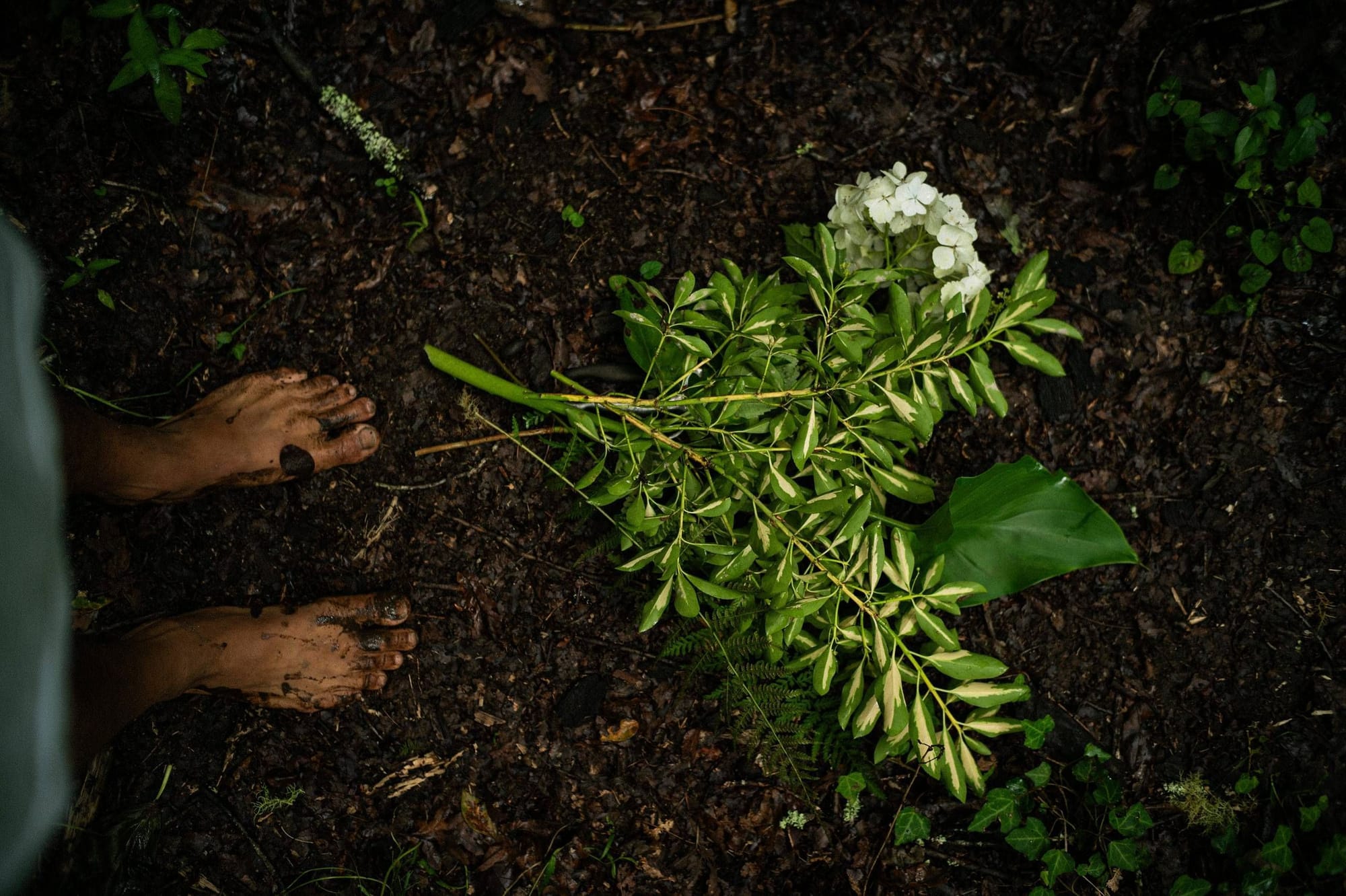

Images from The Garden
The cities that birthed the renaissances of past are are now investment assets & airbnbs. The state of deep creation and connection is often unaffordable and we stand on on the precipice of a new time. Much of human genius is quickly becoming obsolete. Here let's cultivate that which is relevant, and beautiful. Here let's find the ways nature, technology, and humanity converge in harmony.
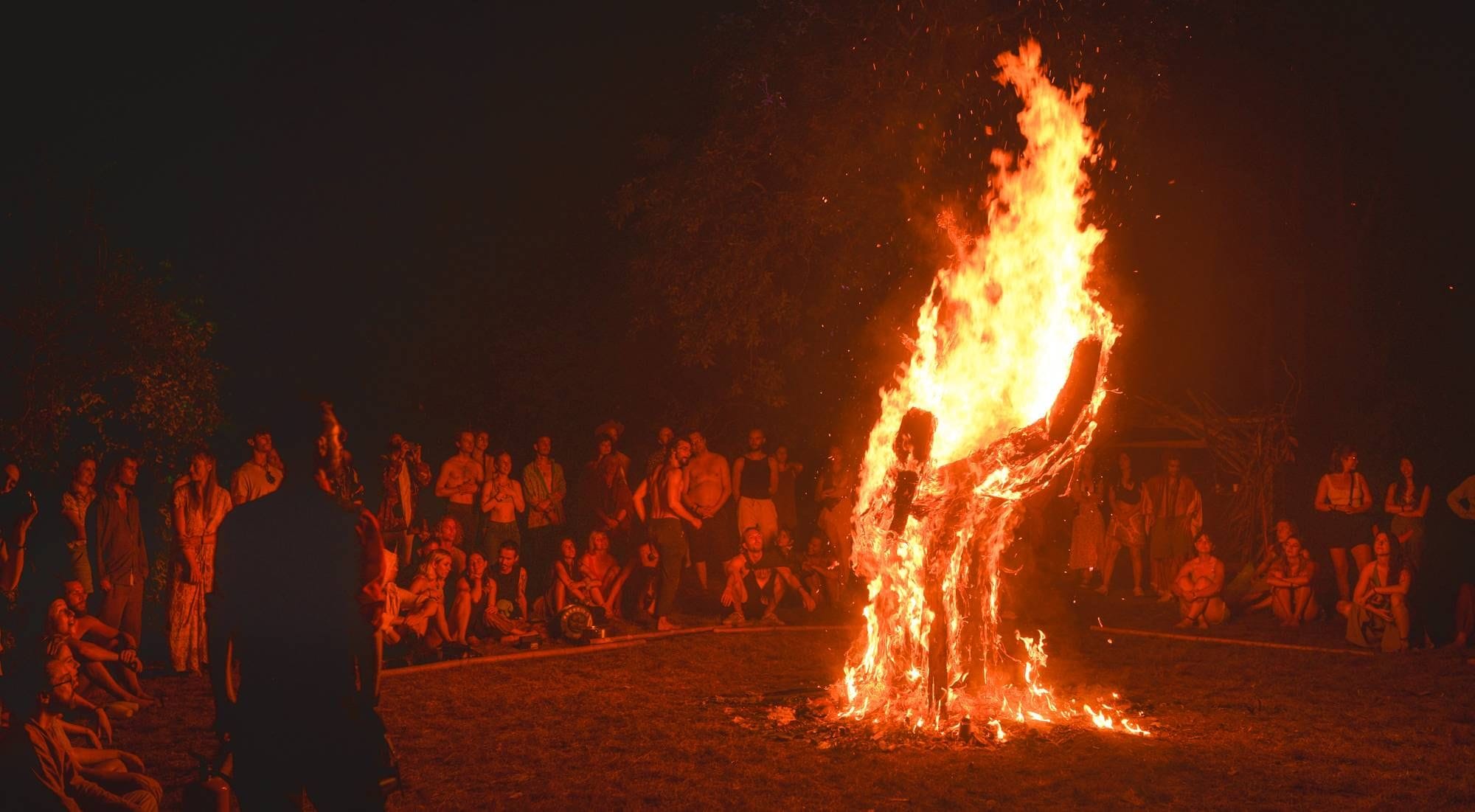
Frequent activities include collaborative art projects, playtesting new workshop ideas, conversational salons, cuddles, karaoke, serious nerding out, foraging, contact improv & partner dancing, meditation, open mics, book clubs, board game nights, music jams, yoga, spa sessions, beach trips, social experiments, waterfall adventures, circus arts, raves, masterminds, and more. This is co-created, the world is yours.

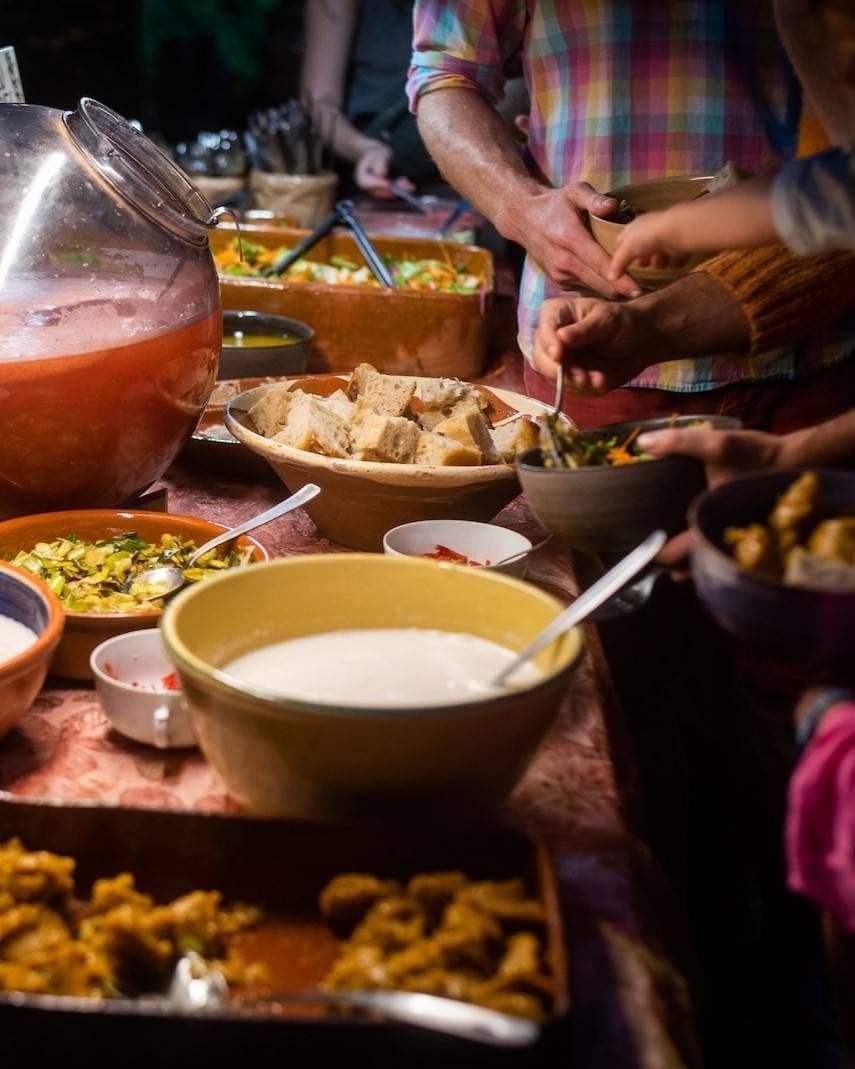
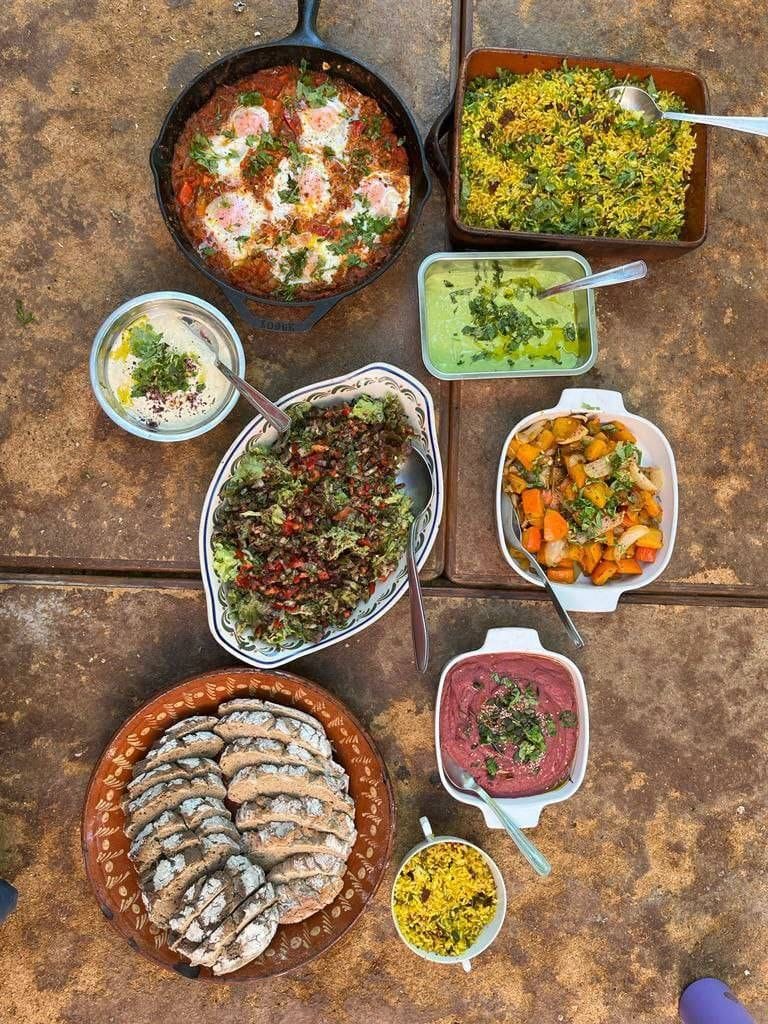
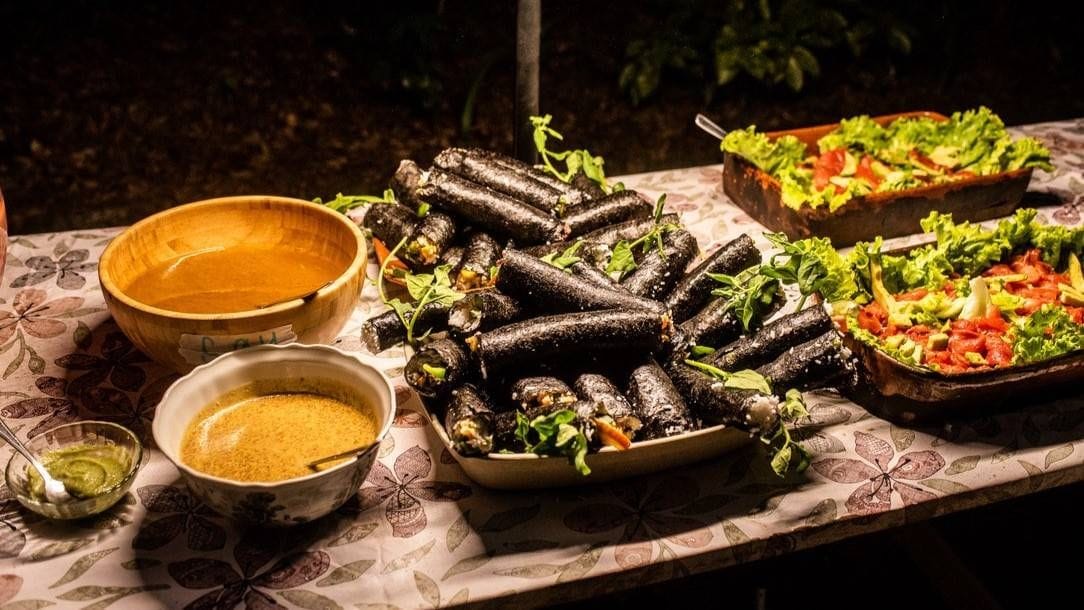
Images from The Garden
We work hard here. There is a dedicated private space for calls and indoor and outdoor spaces designed for co-working (we have a co-working zone with shared and single desks, an outdoor co-work terrace, and a private call room, which you can reserve).
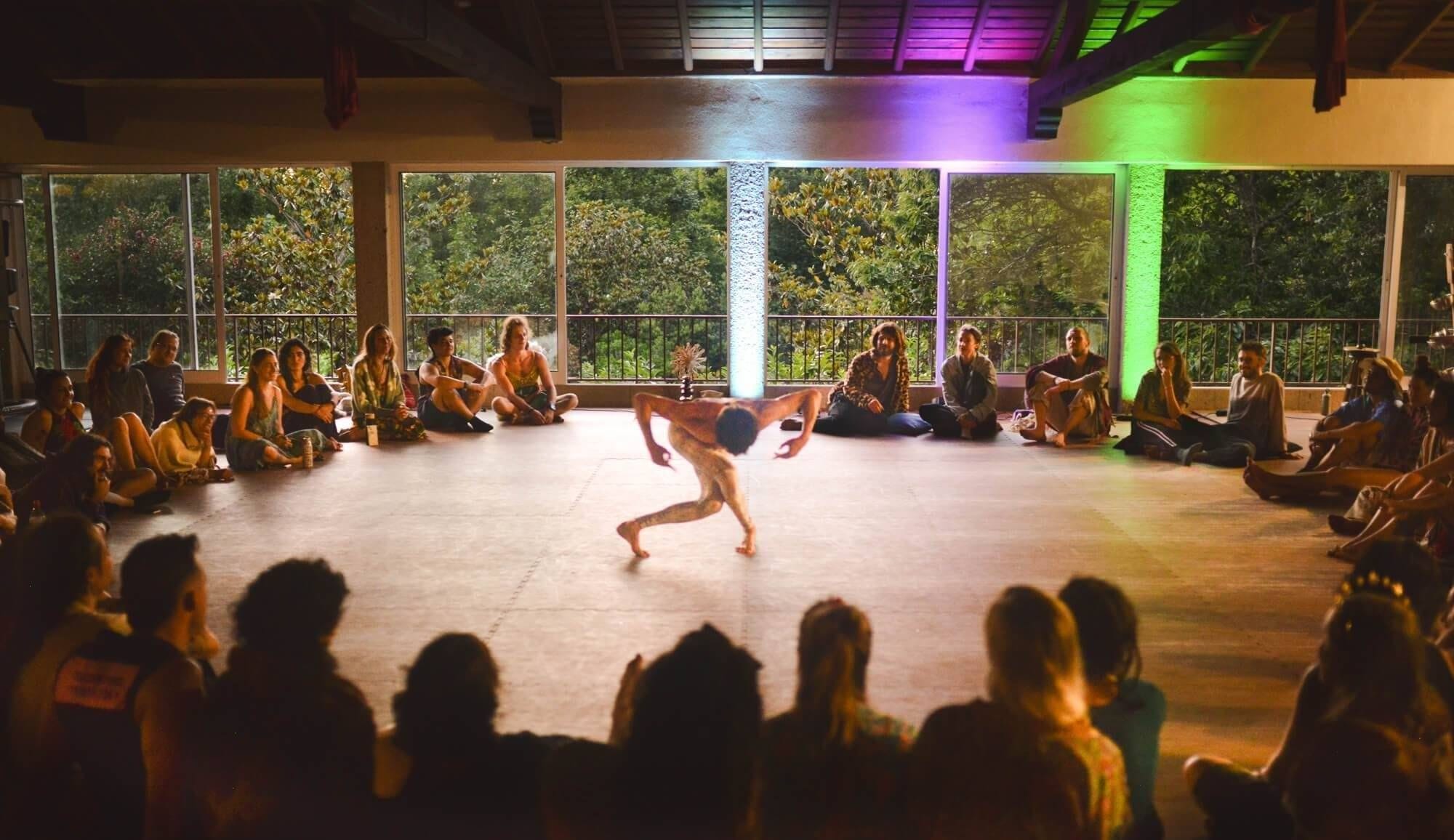
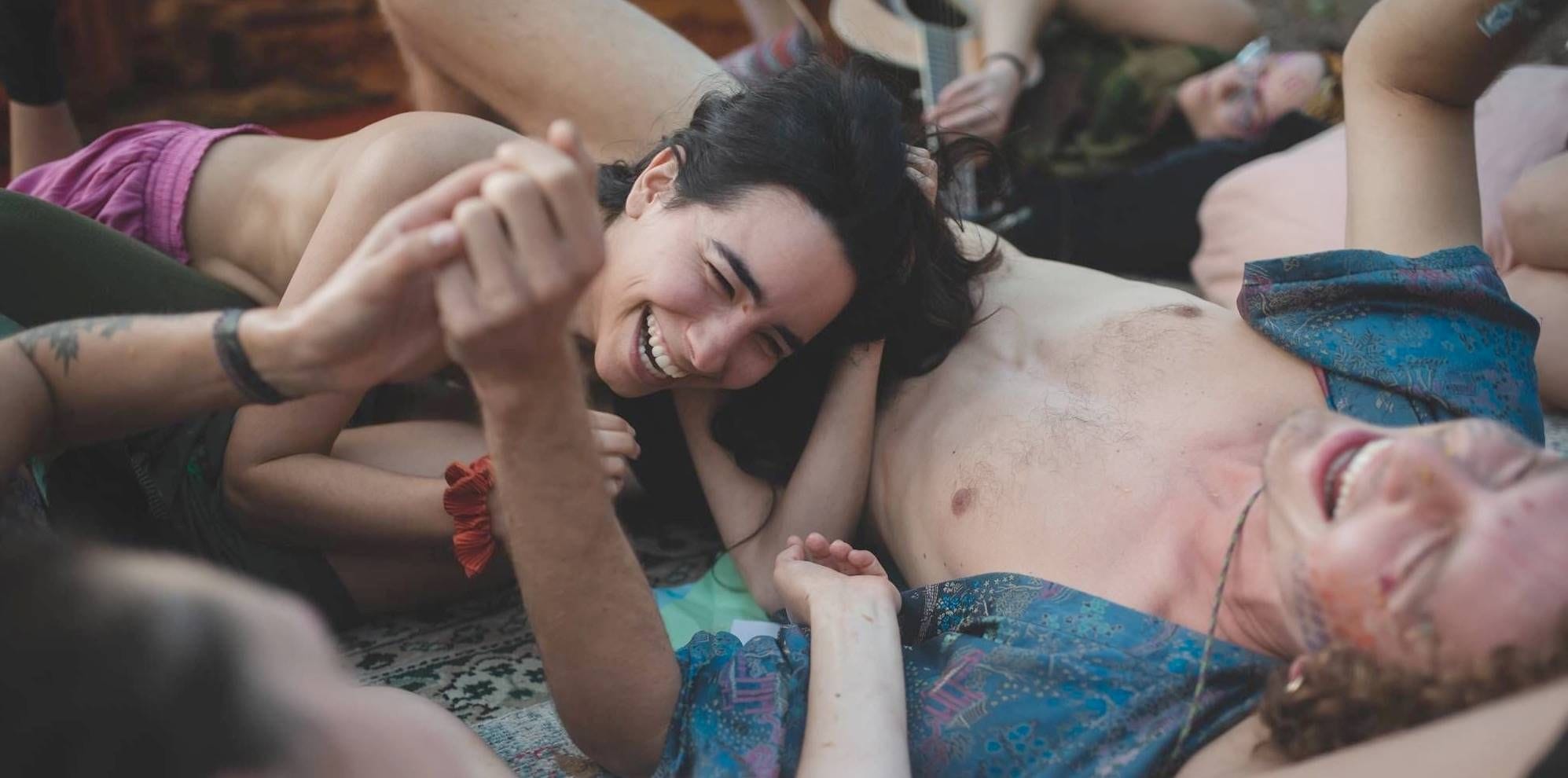
Images from The Garden
The Garden’s vision is realized when it becomes a self-sustaining, regenerative multidisciplinary epicenter where epic humans meets to solve humanity’s challenges (big and small), create beauty, and embody a culture of radical responsibility.
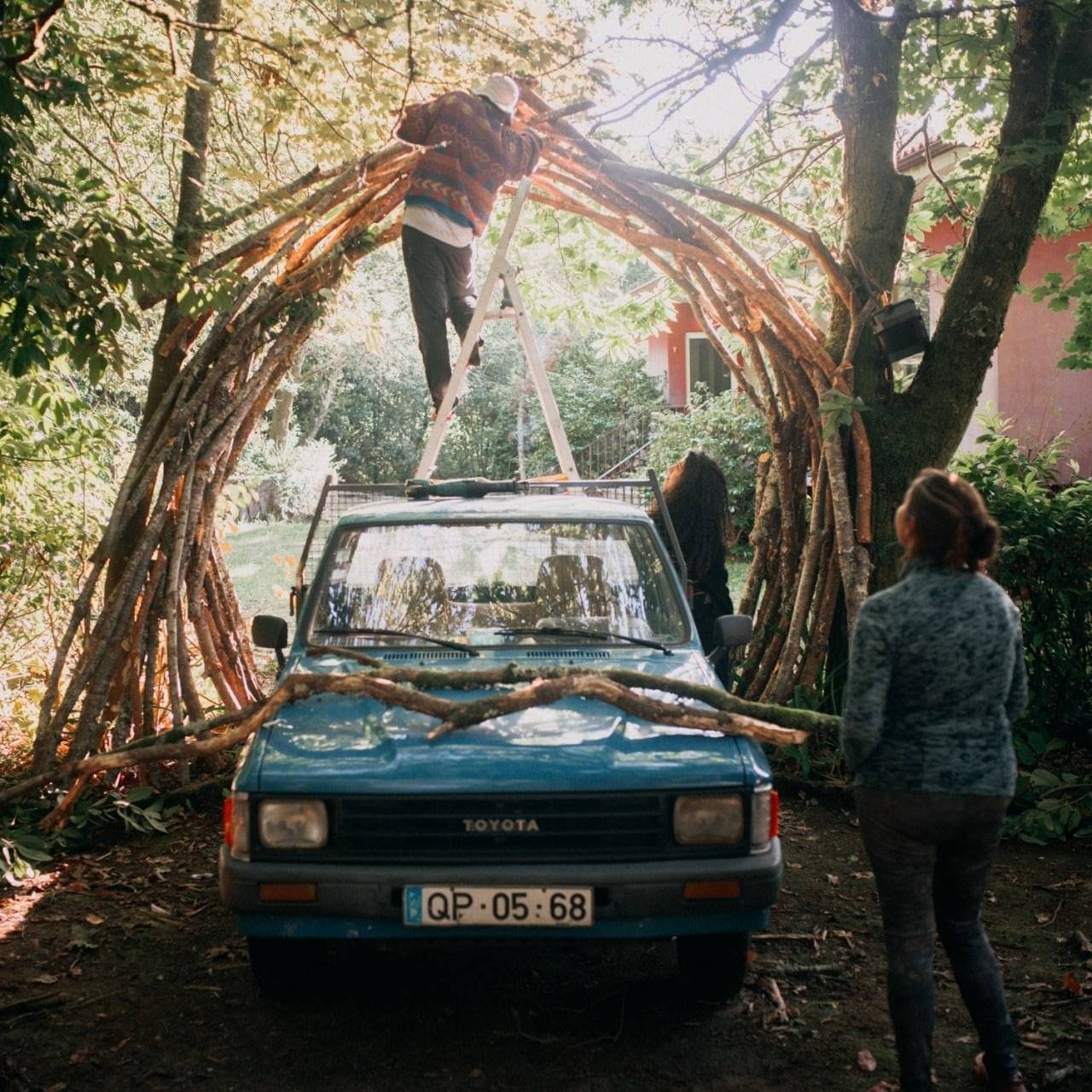
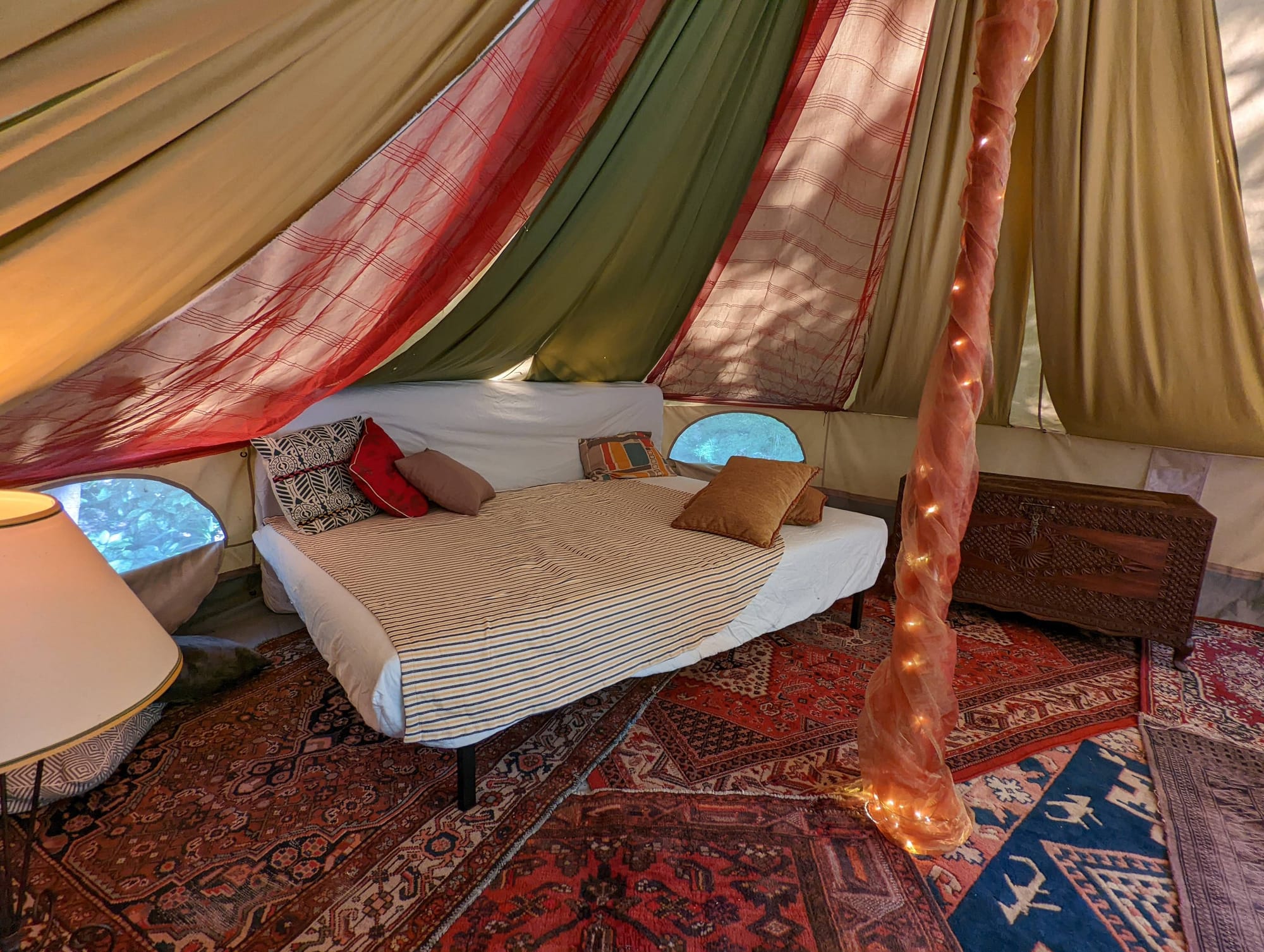
Images from The Garden
Not a Safe Space: Safety is subjective (to some extent), as everyone carries with them a unique past. Discomfort and friction are to be expected.
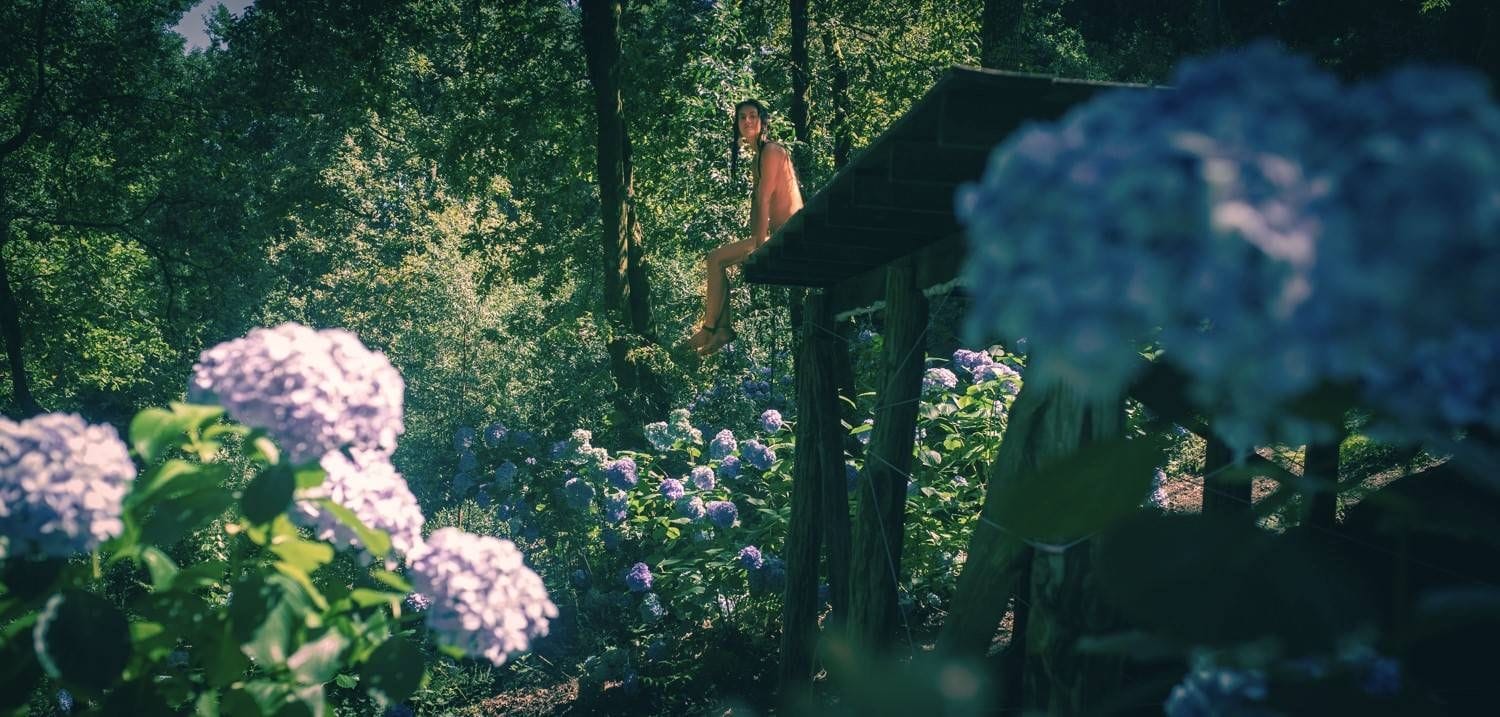
What makes The Garden truly special is that it's non-commercial and non-profit. Its earnest mission is to support collect flourishing and seed a cultural renaissance.
Nomad Farm (typically in Latin America)
Nomad Farm is an experiment in introducing digital nomads to regenerative living. Instead of setting up a permanent hub, they partner with existing ecovillages and farms, creating temporary coliving projects that weave remote work with ecological rhythms.
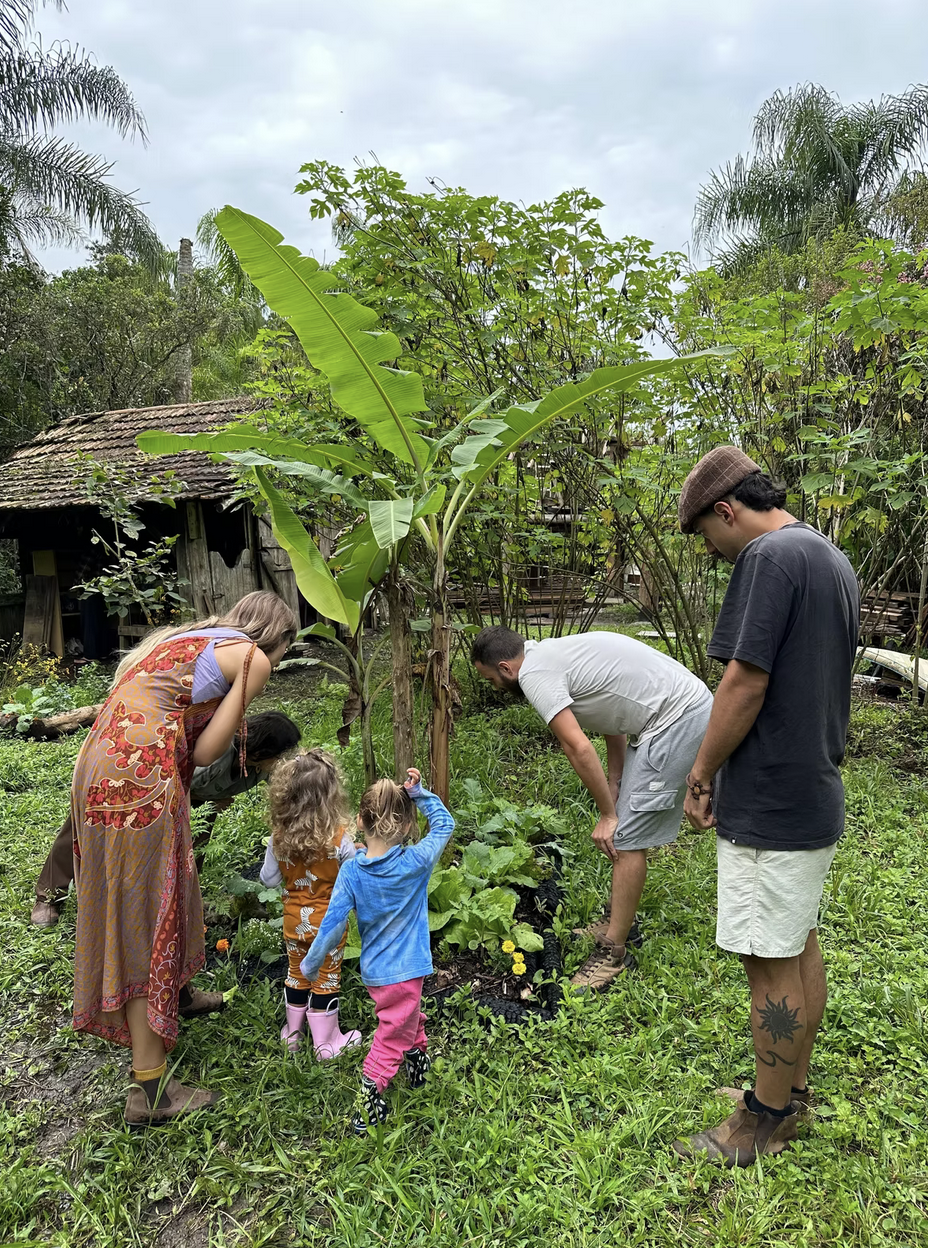
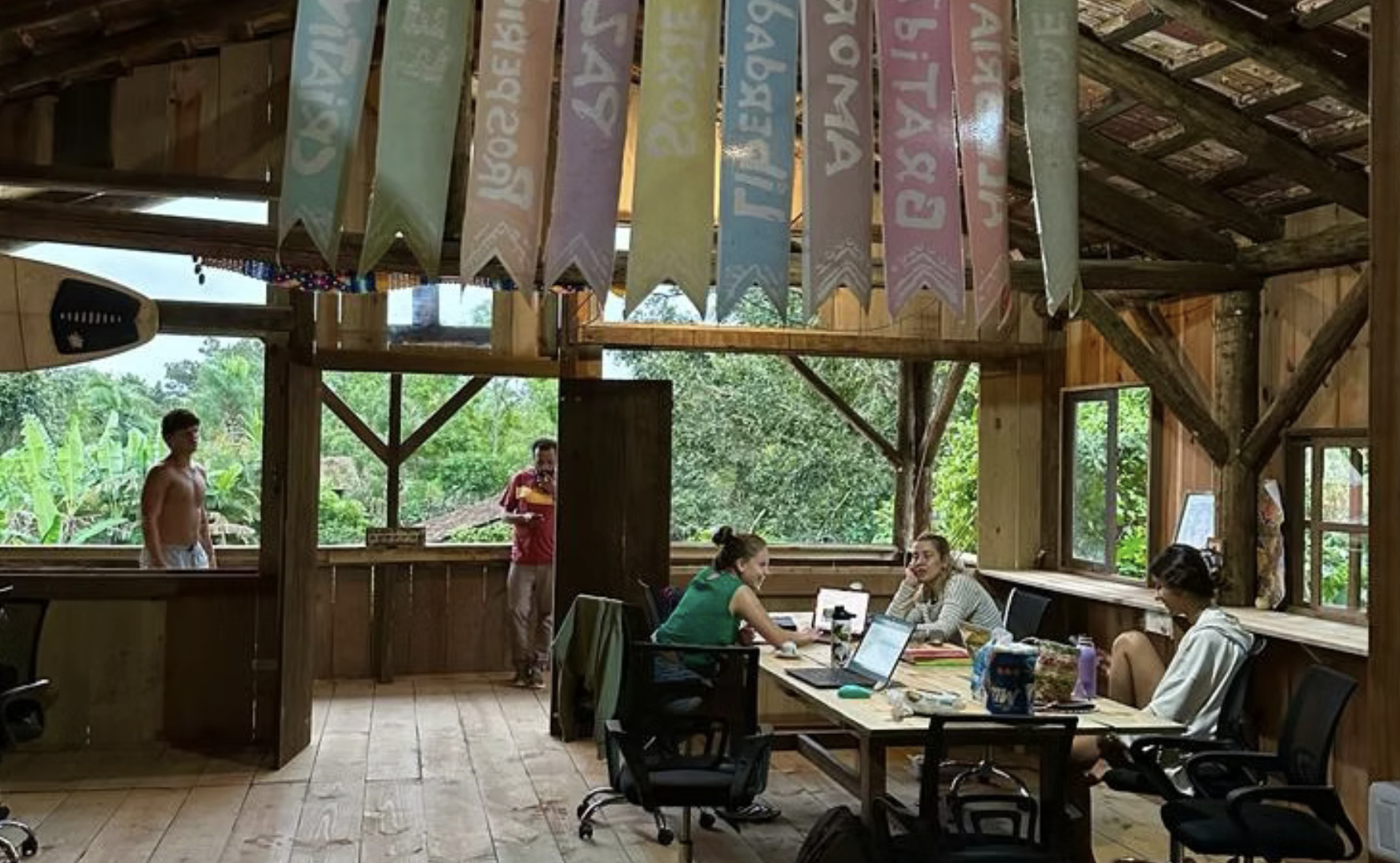
Images from Nomad Farm
Right now, their base is Tudo É Arte (in English: "Everything is Art"), a forty-year-old ecovillage in southern Brazil. For six months, nomads are invited to live and work there—close to the ocean, surrounded by jungle, in a place alive with art, music, and community projects. It’s a long-standing intentional community that opens its doors to nomads, who join in on the daily flow of meals, workshops, and creative happenings while still having the infrastructure to work online.
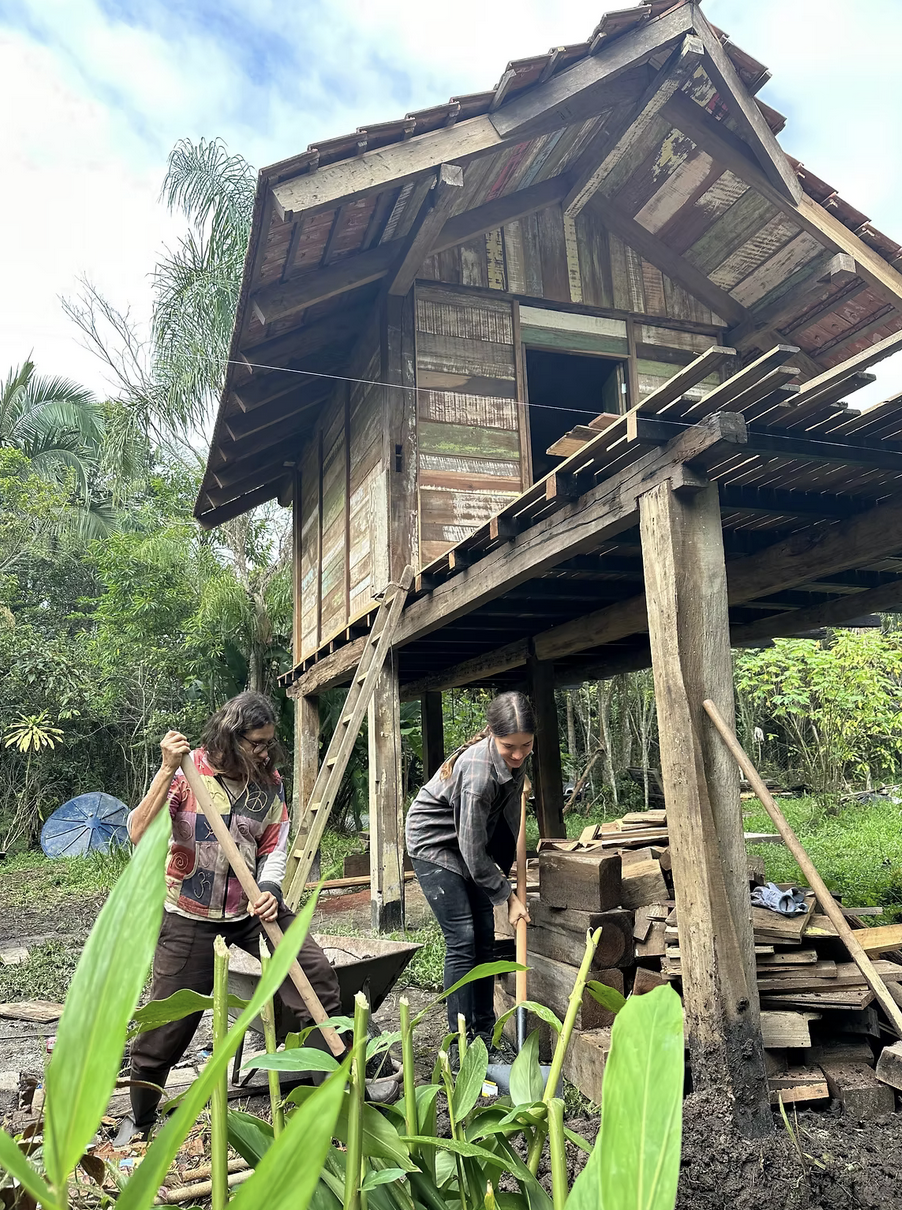
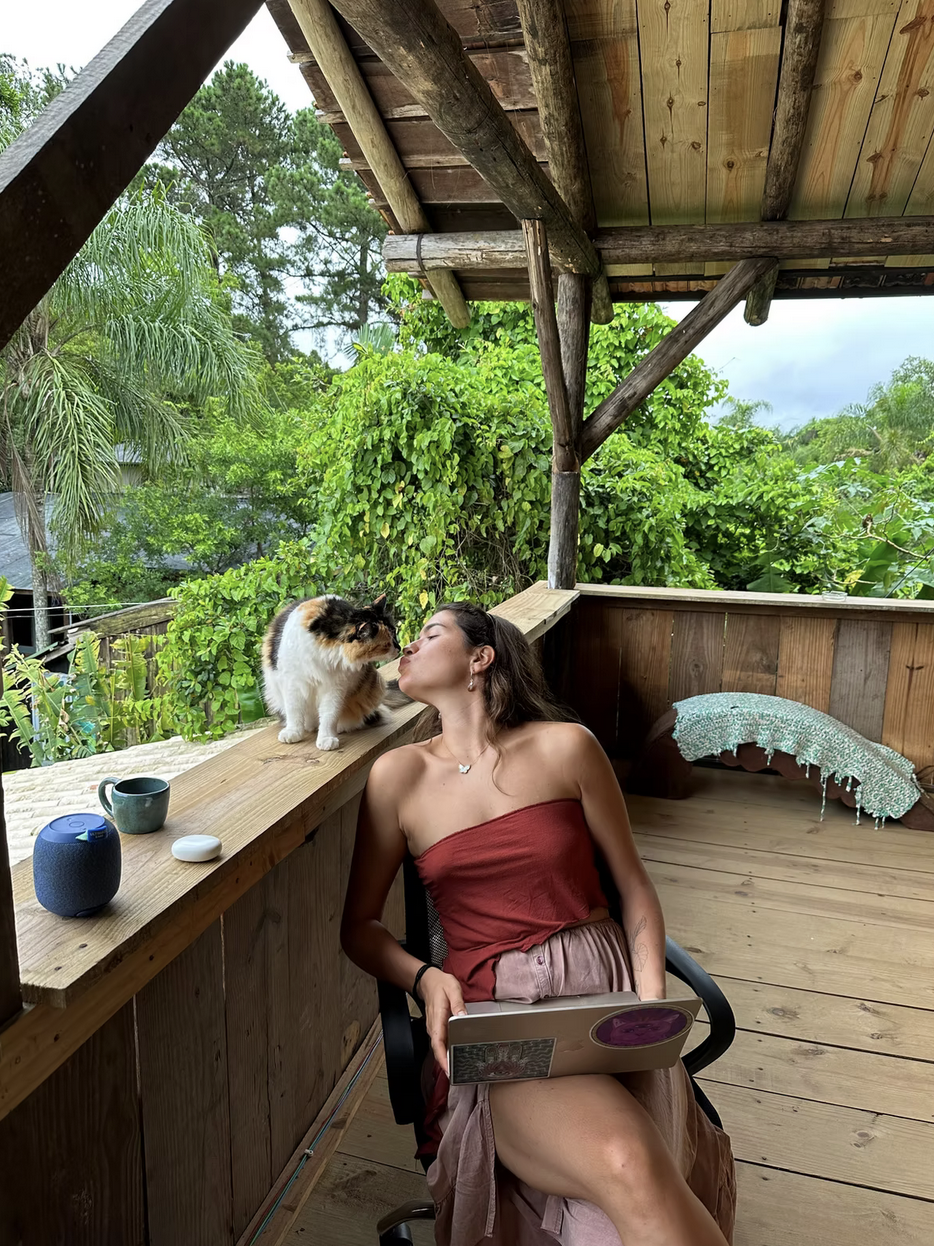
Images from Nomad Farm
Reliable internet coexists with organic gardens, communal dinners sit alongside late-night music jams, digital life blends with earth-based practice.
Nomad Farm creates a unique instance where nomads can learn from established regenerative projects and where ecovillages can benefit from the presence of new people, skills, and perspectives.
Vivenda Felicidade (Portugal)
Vivenda Felicidade is a small coliving project in Portugal with a clear regenerative mission. The community is rooted in three concrete goals: increase biodiversity on site, regenerate the land and soil, and become 100% energy independent. Everything they do flows from these commitments, and coliving here means not just inhabiting a place, but actively participating in its renewal.
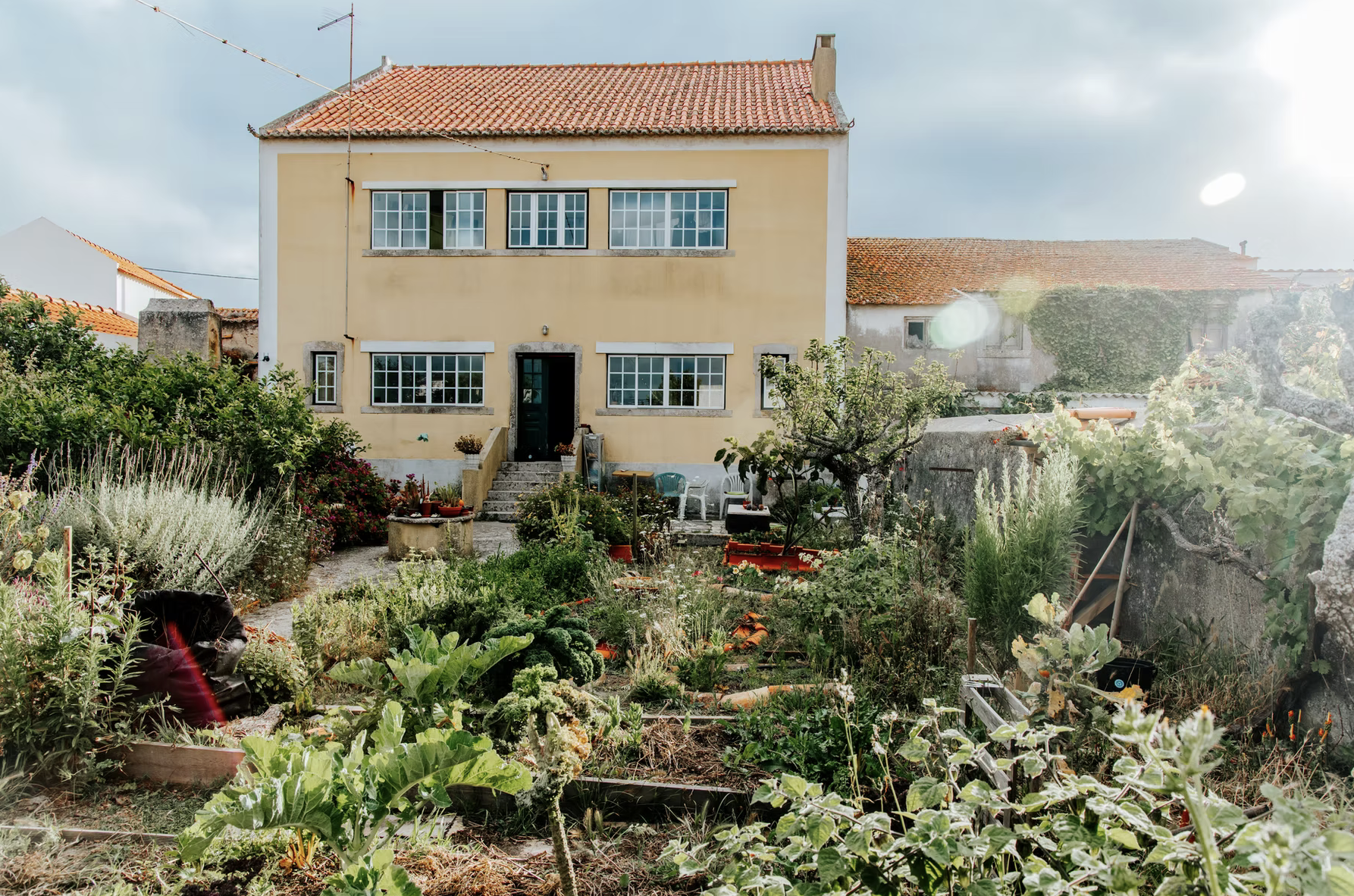
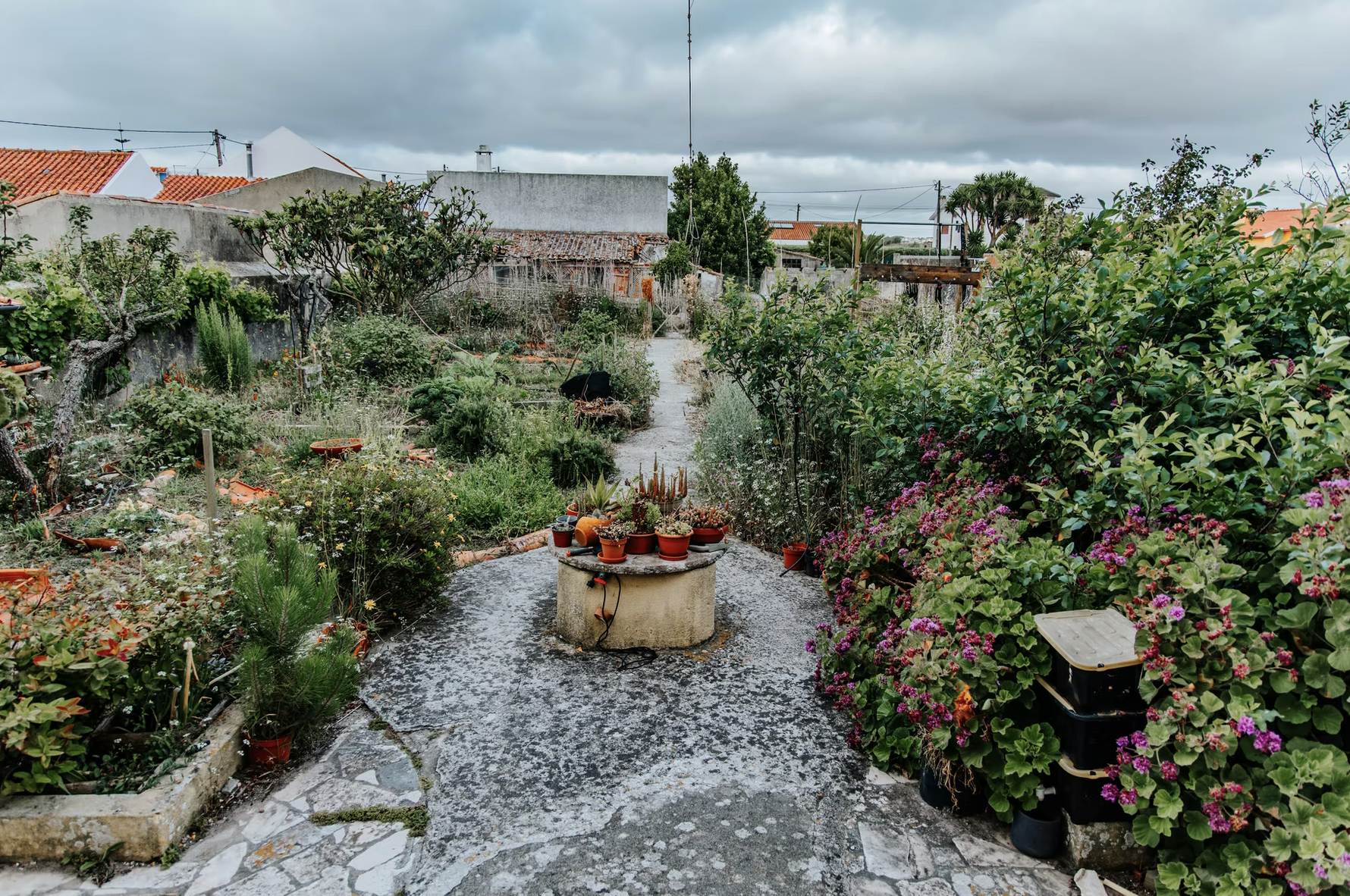
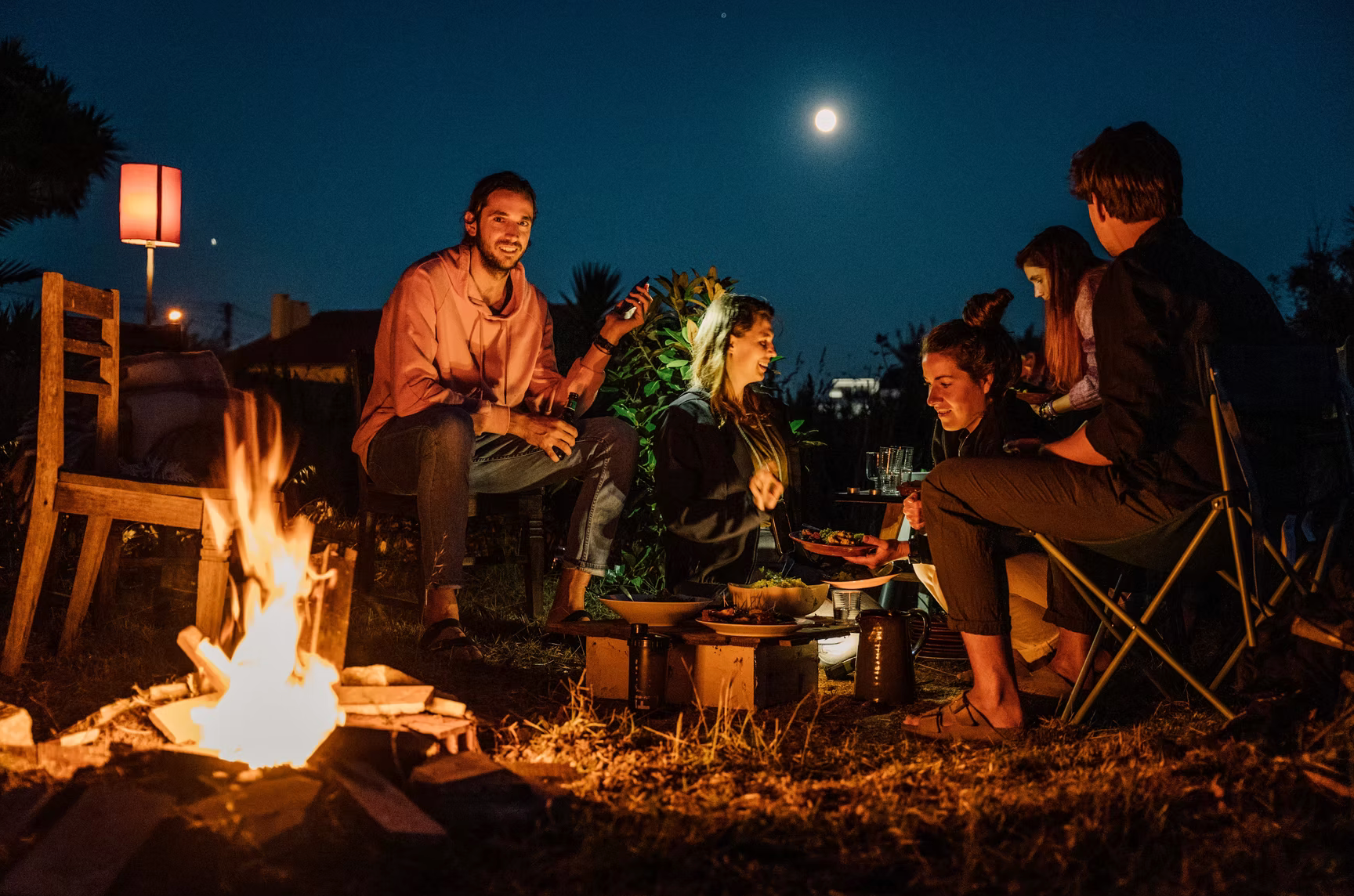
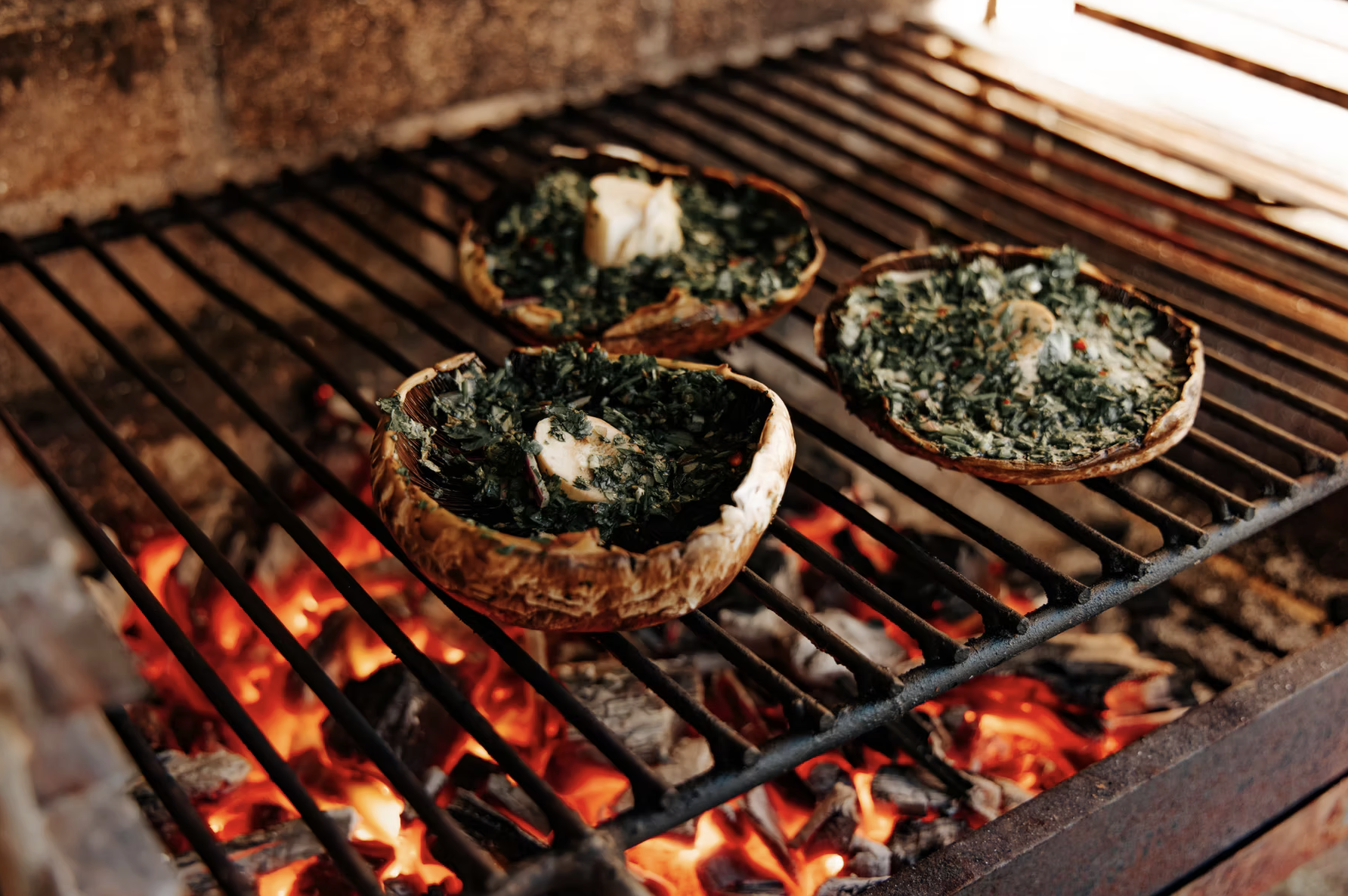
Images from Vivenda Felicidade
The project’s vision is simple but powerful: to create a world where modern life and nature coexist in harmony. At Vivenda Felicidade, visitors are invited to reconnect with land, creativity, and each other, in a way that emphasizes reciprocity. It’s a coliving designed not just as a backdrop for remote work, but as a space where every resident contributes to revitalizing the earth and strengthening community ties.
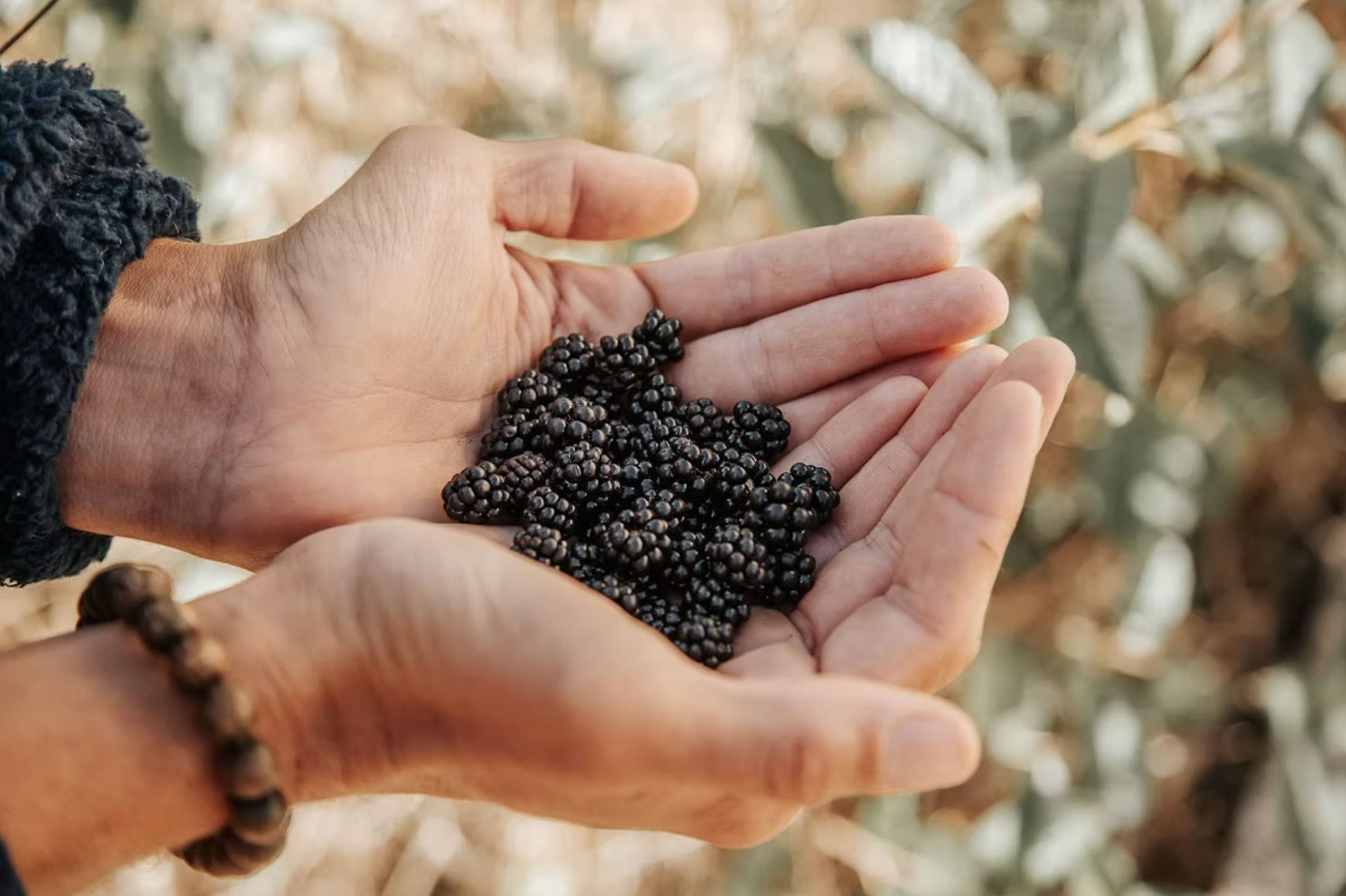
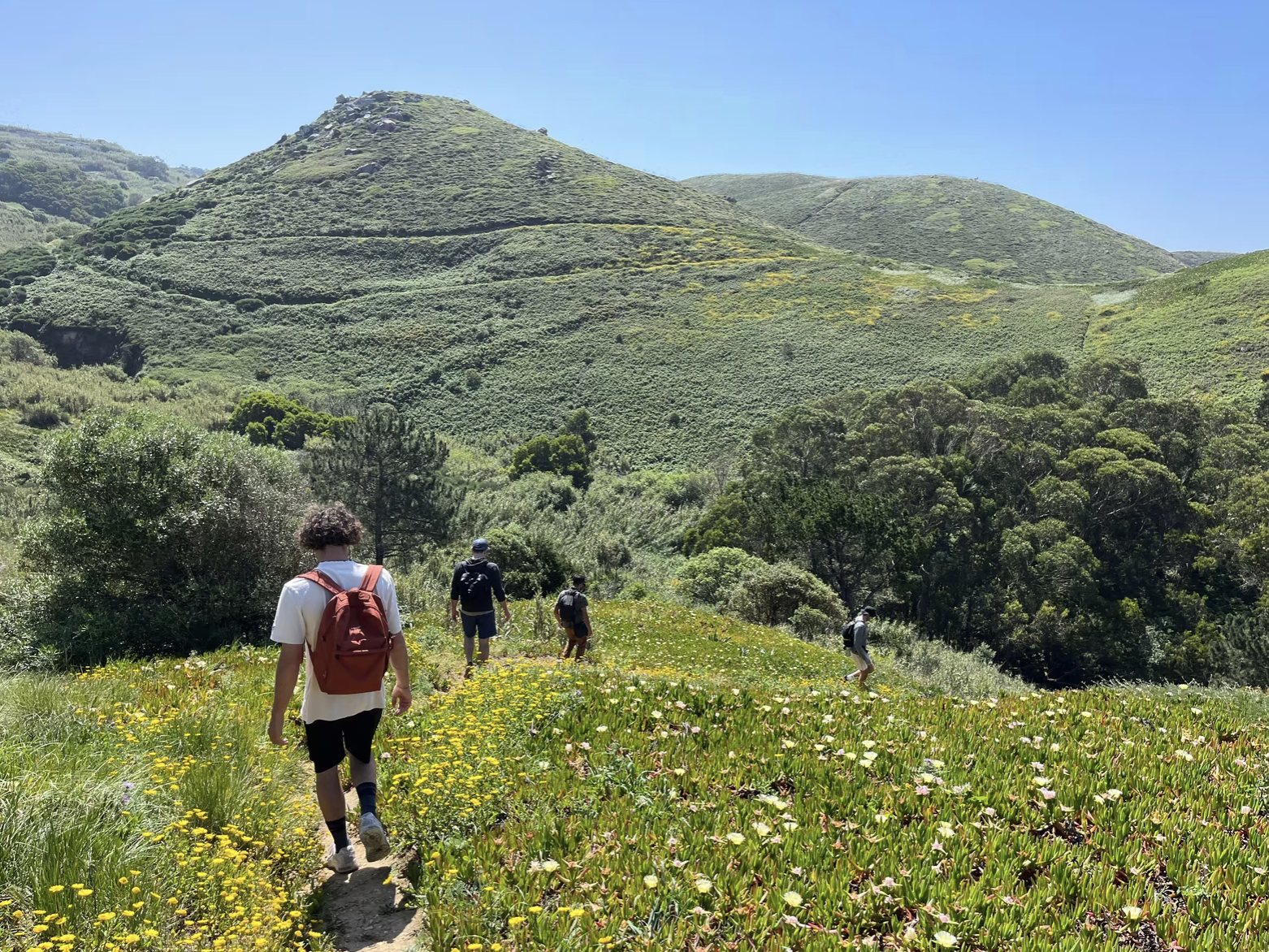
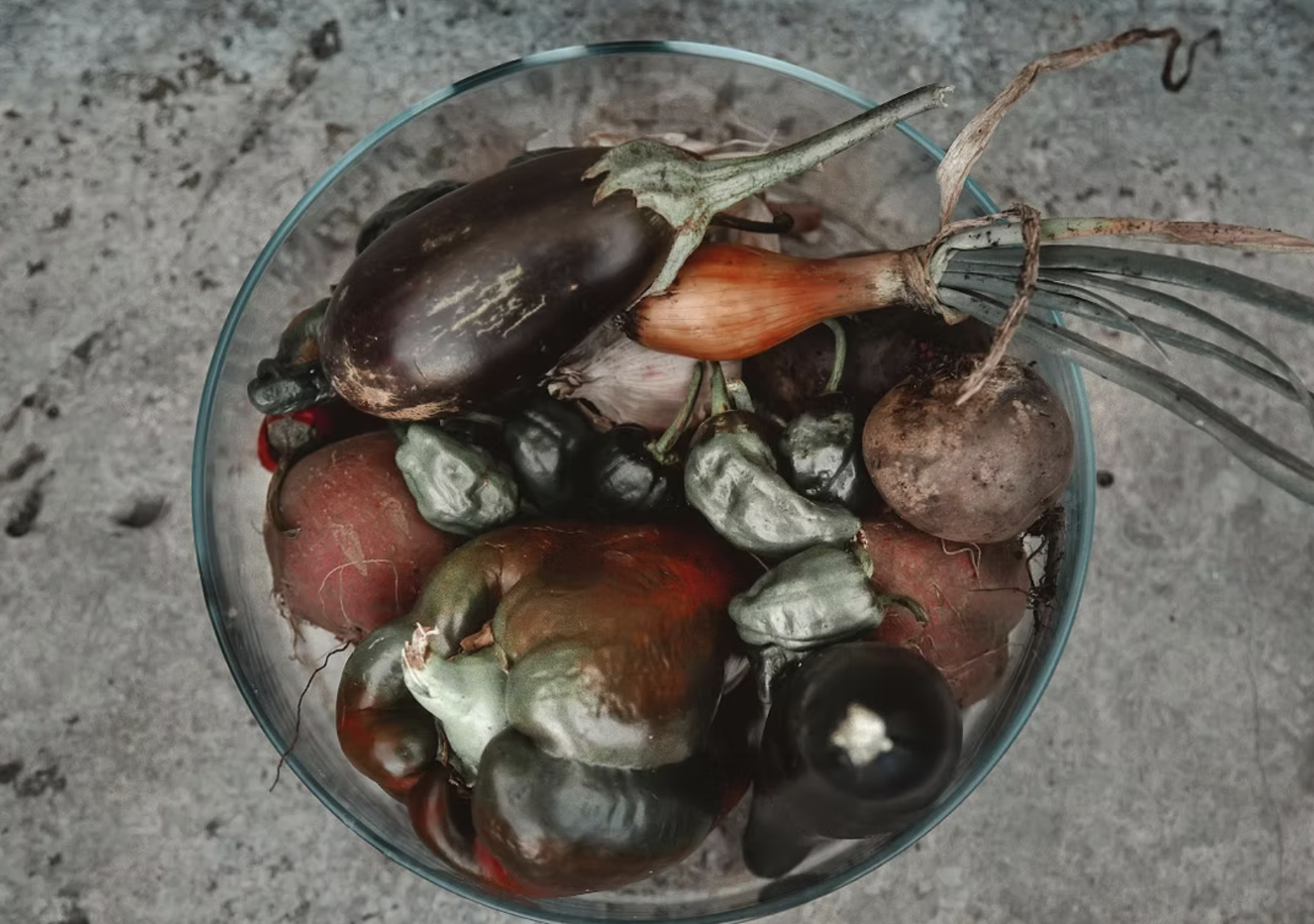
Images from Vivenda Felicidade
Practically, this means time at Vivenda Felicidade balances the daily rhythms of work with moments of tending the soil, participating in regenerative practices, and living closely with others. It’s not an escape from modern life so much as a re-arrangement of its priorities: internet and infrastructure exist, but they sit alongside gardens, energy projects, and biodiversity efforts.
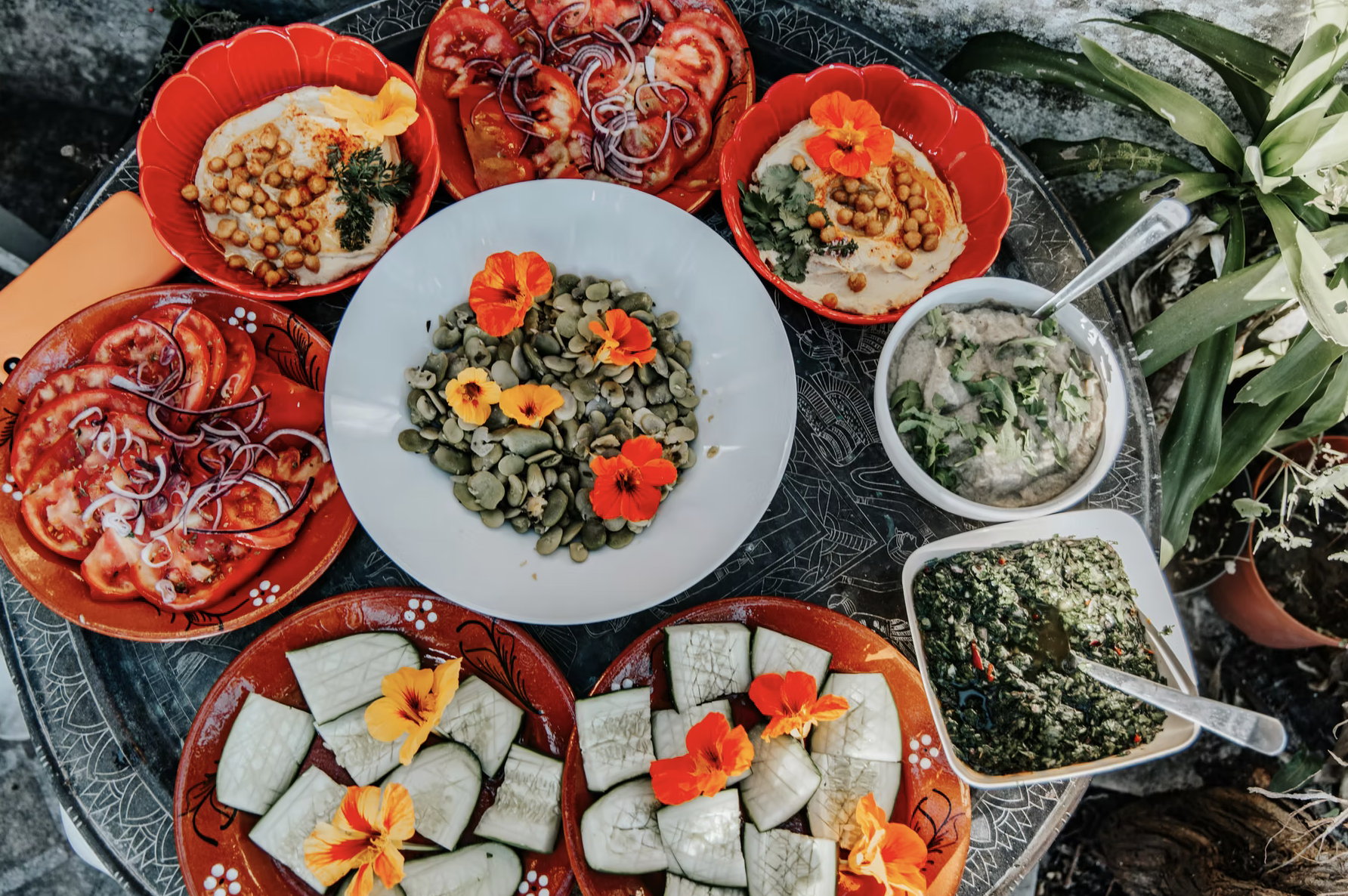
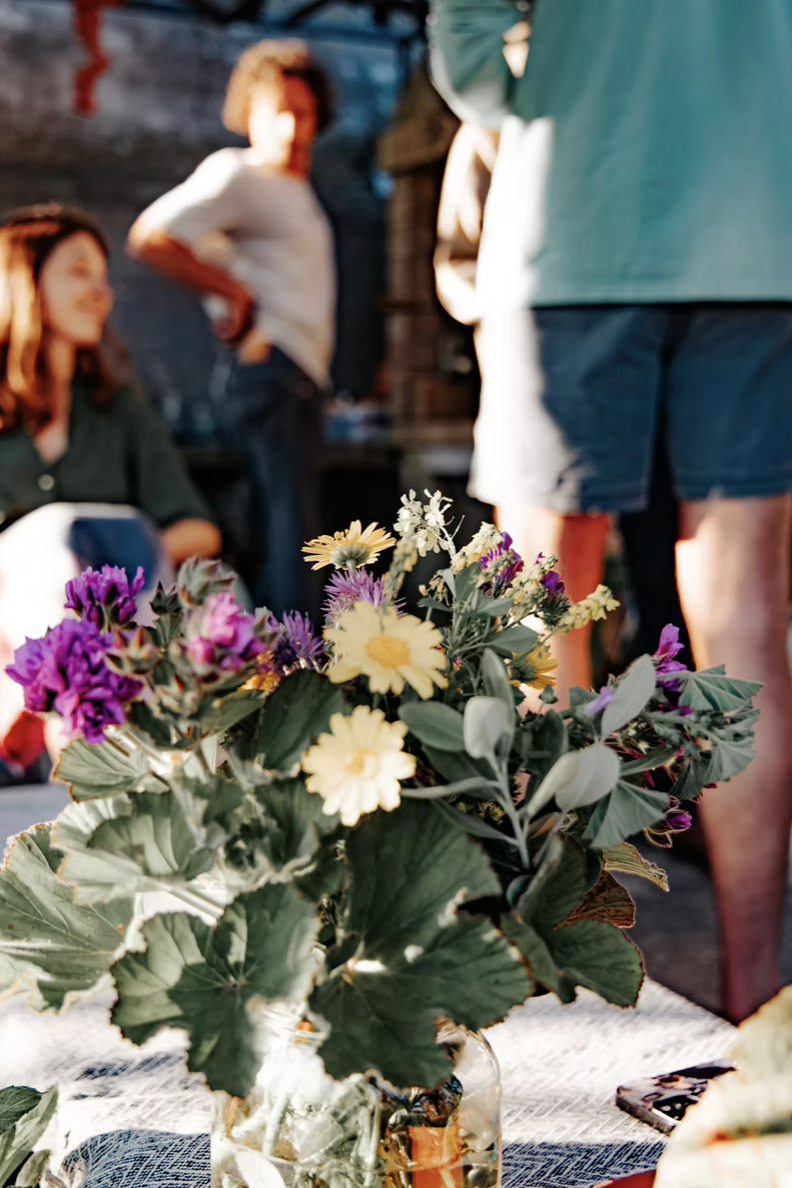
Images from Vivenda Felicidade
What makes Vivenda Felicidade stand out is how it positions itself as a regenerative space—one where your presence contributes to long-term ecological goals. For digital nomads and travelers seeking more than convenience, it offers the chance to align daily living with tangible ecological outcomes.
Arctic Coliving (Svalbard)
Arctic Coliving takes the idea of coliving to one of the most extreme and unusual settings on earth: Longyearbyen, Svalbard, the world’s northernmost settlement. Instead of beaches or jungles, the backdrop here is glaciers, polar night, and a stark Arctic landscape that shapes every rhythm of life.

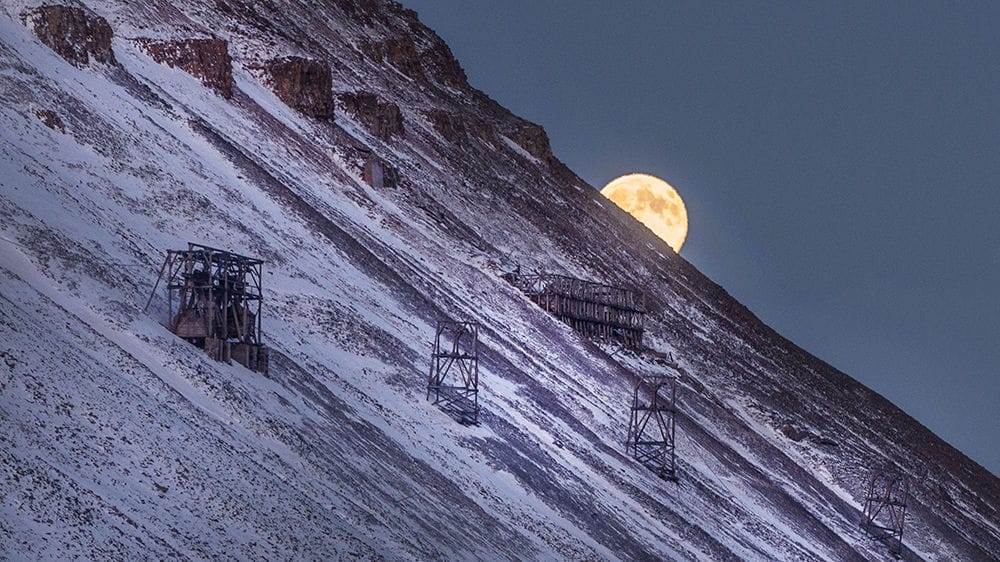

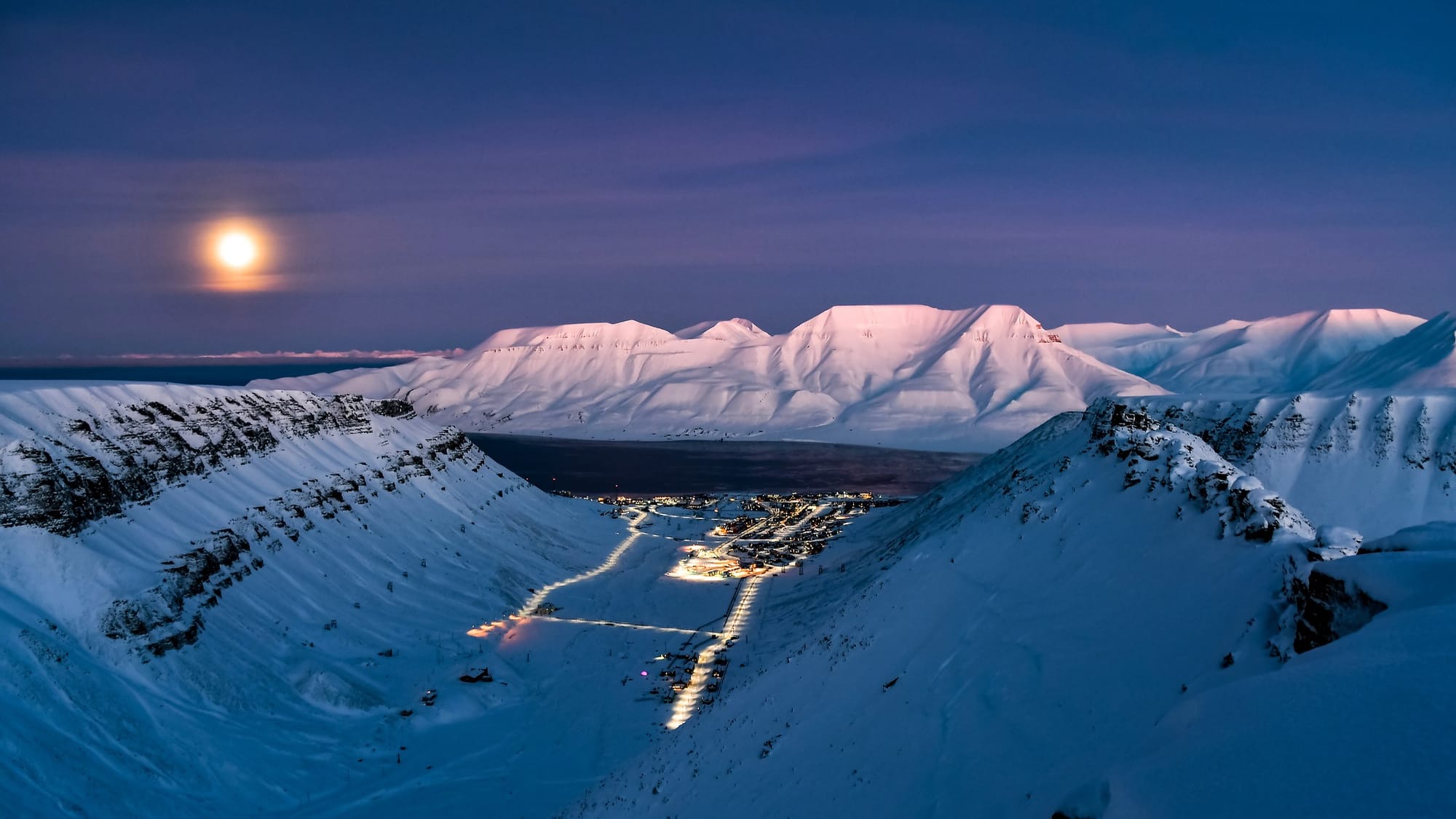
Images from Spitzbergen Reisen
The project makes use of the off-season in Svalbard, a time when tourism quiets, daylight disappears for weeks at a stretch, and the island is left to its residents. Rather than seeing this as a dead season, Arctic Coliving turns it into an opportunity—offering nomads and remote workers a chance to live and work in the far north while participating in a small, temporary community.
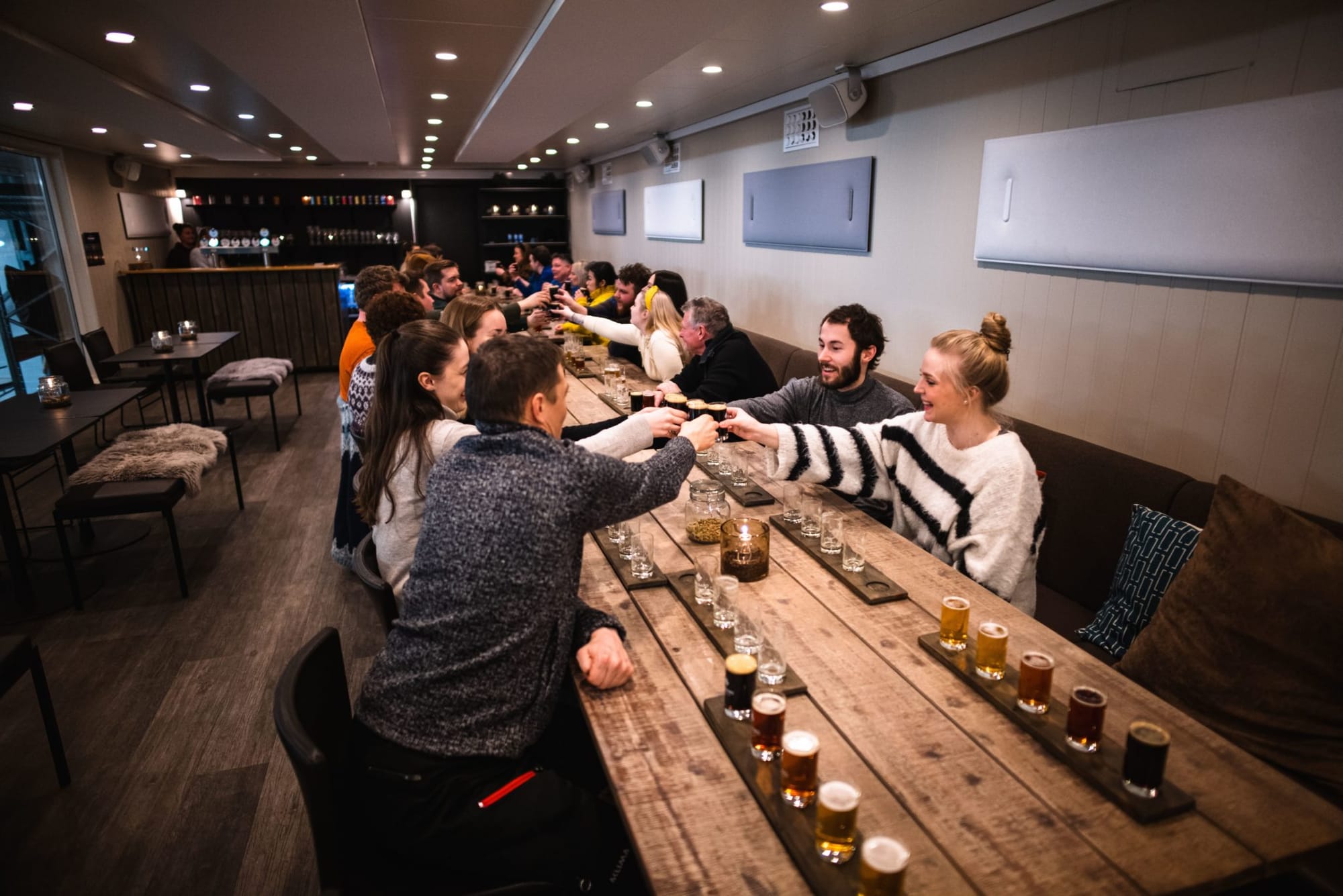
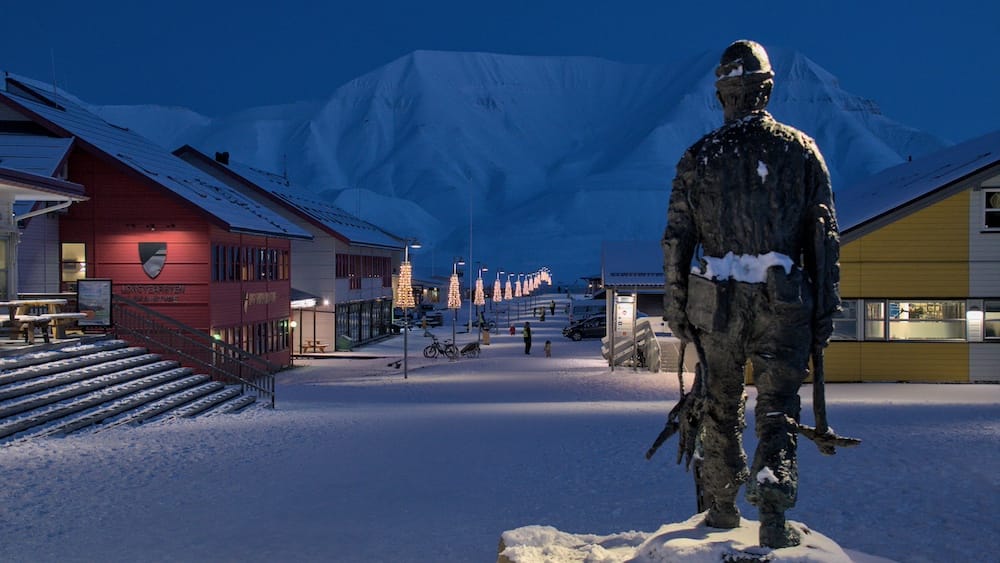
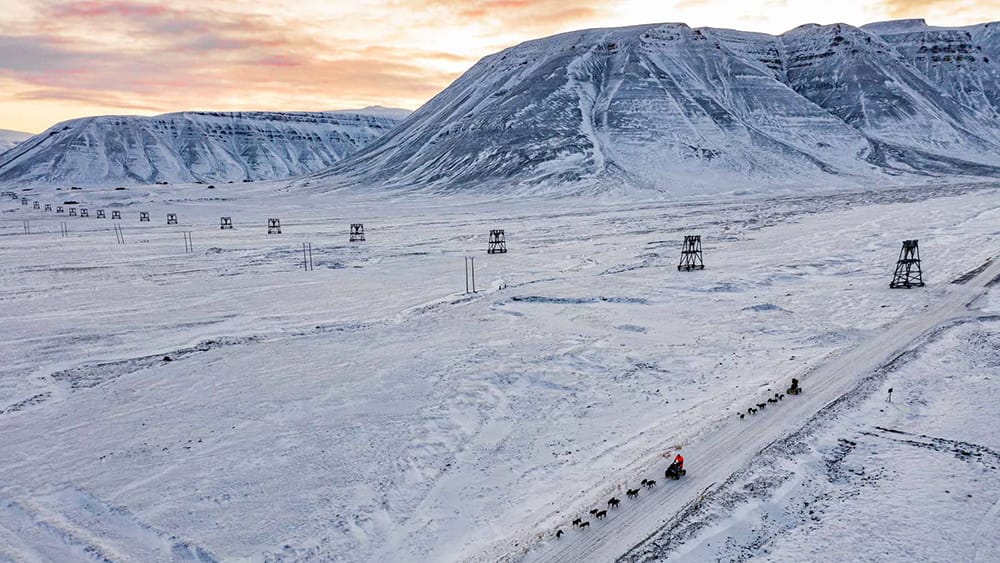
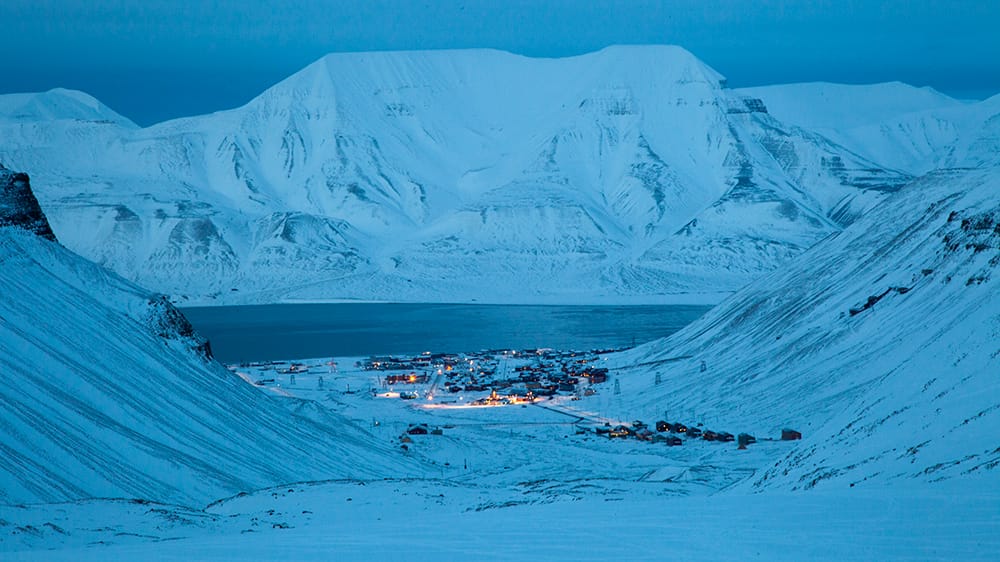
Images from Spitzbergen Reisen
What sets Arctic Coliving apart is its unreplicability. You can design coworking hubs anywhere in the world, but you cannot replicate the experience of Svalbard: the long polar night, the fragile ecology, the immediacy of climate change, and the sense of living on the edge of habitability. To choose to colive here is to choose an experiment in extremity, one that highlights how community, ecology, and infrastructure intersect under conditions that most nomads, and most people more generally, will never encounter.
Colivings otherwise
Taken together, these projects resist the out-of-the-box version of coliving that has become so familiar in digital nomad circles. Many spaces today are built around a polished aesthetic, a repeatable formula: fast wifi, ergonomic chairs, a pool, and a prefabricated sense of community. These hubs appeal to a very specific type of nomad, promising productivity and lifestyle optimization in a sleek package. There’s nothing inherently wrong with that, but it’s telling that so many look and feel interchangeable—you could be in Bali, Chiang Mai, or Medellín, and the infrastructure barely shifts.
The logic of these spaces often treats coliving less as a site of inquiry than as a lifestyle service industry—something to be consumed rather than a generative field of relation.
What we’ve gathered here is something different. Each of these colivings is rooted in its own context and refuses to be replicated elsewhere. They are not designed to be scaled, nor to deliver a predictable aesthetic of “remote work convenience.” They are not products of a formula, but living propositions.
They are singular not because they market themselves as unique, but because they simply couldn’t exist anywhere else in quite the same way.
What makes them compelling is that they expand the frame. They show us that coliving doesn’t have to stop at shared kitchens and decent internet. It can be an experiment in how people relate to each other, how communities tend land, and how temporary residents adapt to the conditions of a place—whether that’s an Arctic winter, a centuries-old ecovillage, or a forest filled with circus tents.
Coliving itself is a field of political, ecological, and aesthetic decisions. To gather people under one roof is never just to provide housing—it is to structure a micro-society, to set conditions for relation, and to entangle worlds in new arrangements. These projects do not just host nomads; they implicate them in soil regeneration, artistic improvisation, collective survival, or democratic experiment.
If conventional hubs reproduce the default settings of mobility—frictionless, interchangeable, and optimized—then these are colivings otherwise. They insist that living together can be provisional, context-specific, and irreducibly plural. They are blueprints of the possible: fragments that point to futures of cohabitation practices where community is not a brand promise but an emergent, fragile, and situated form of life.




